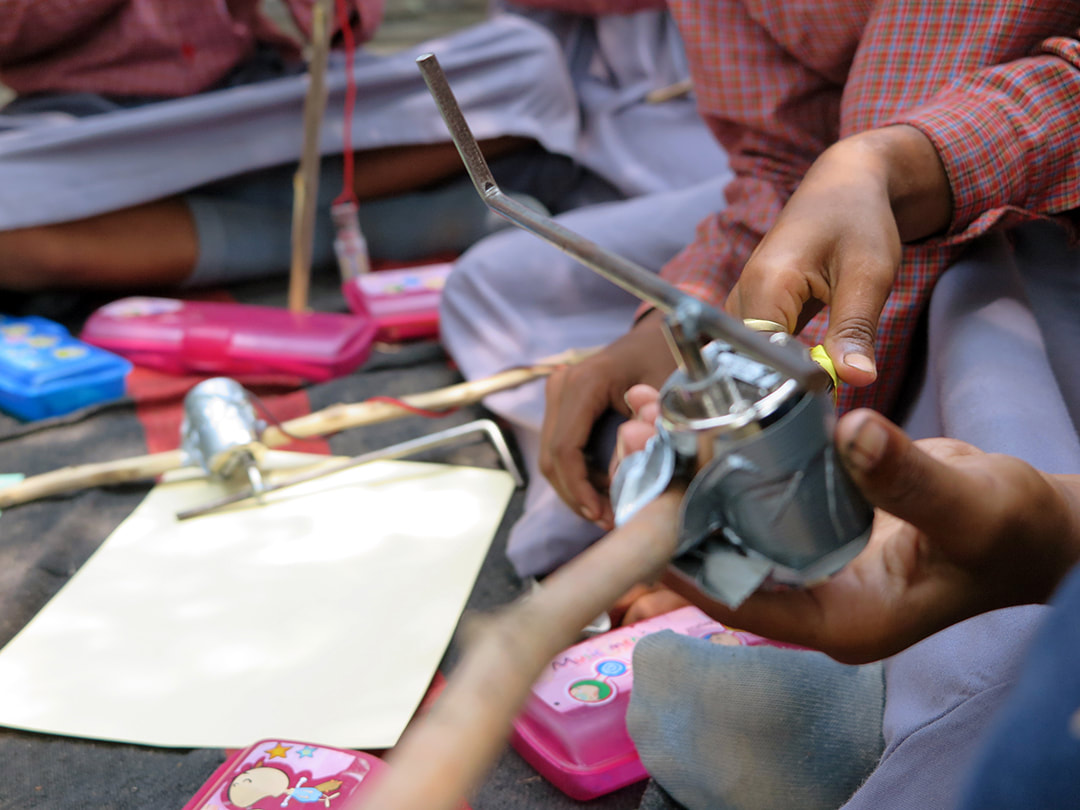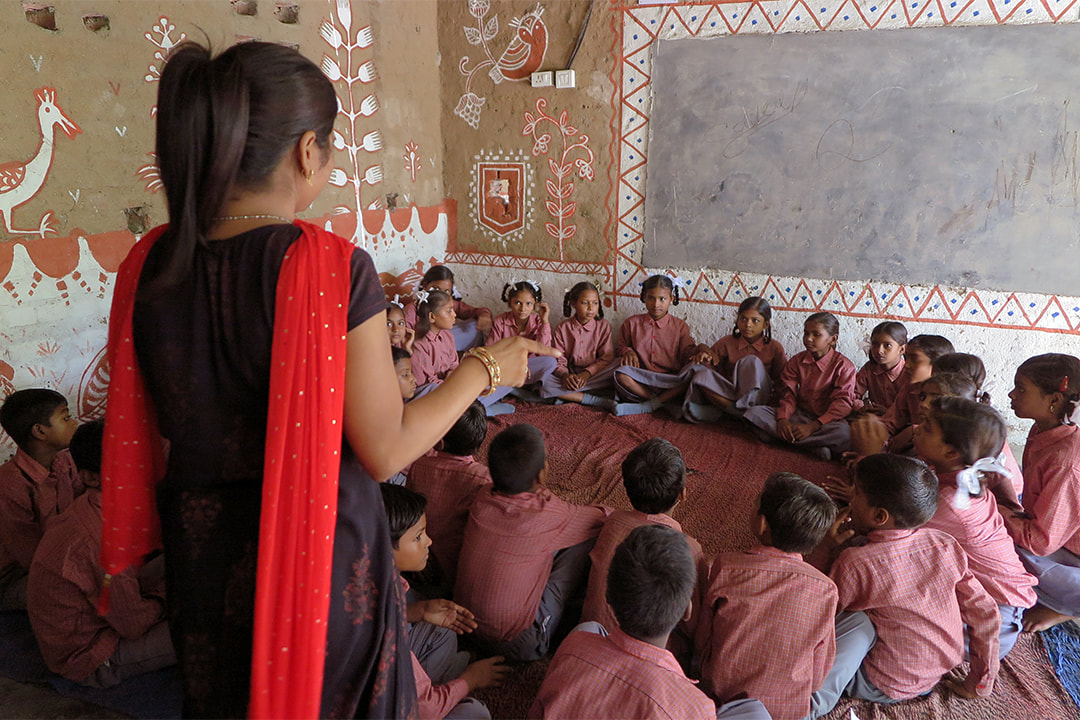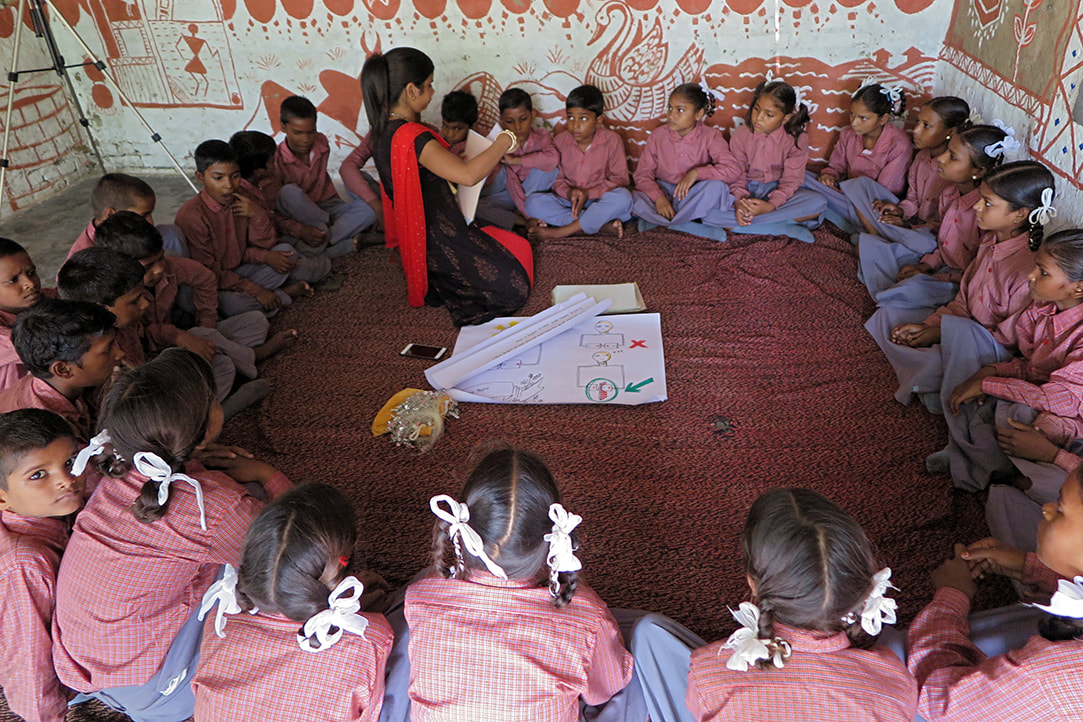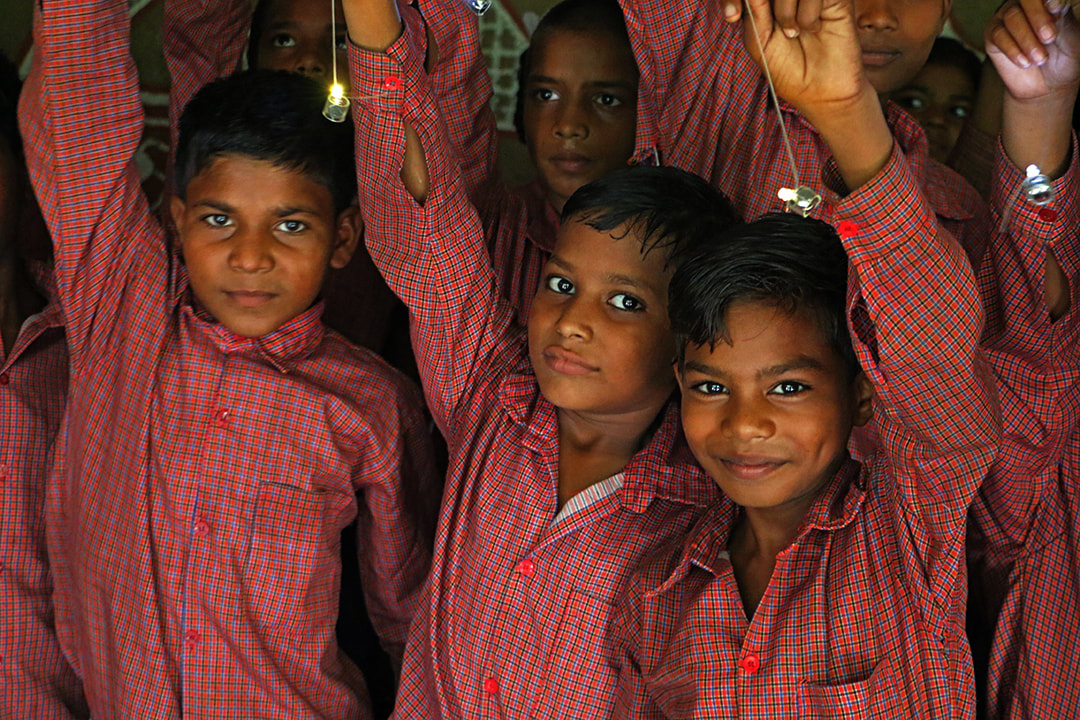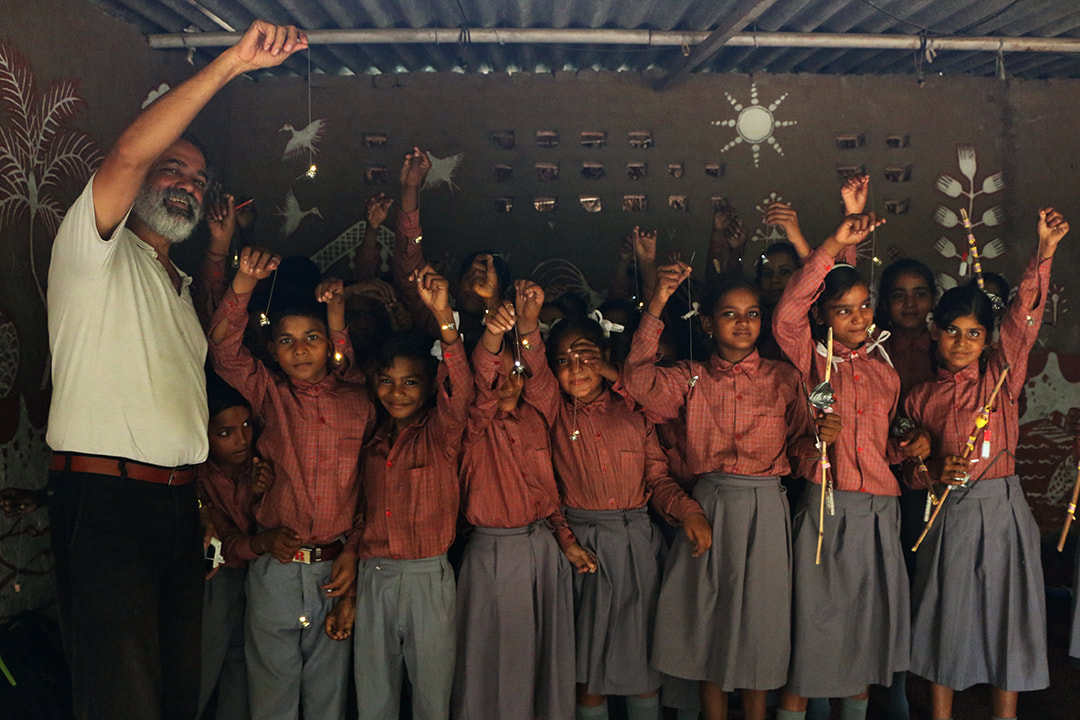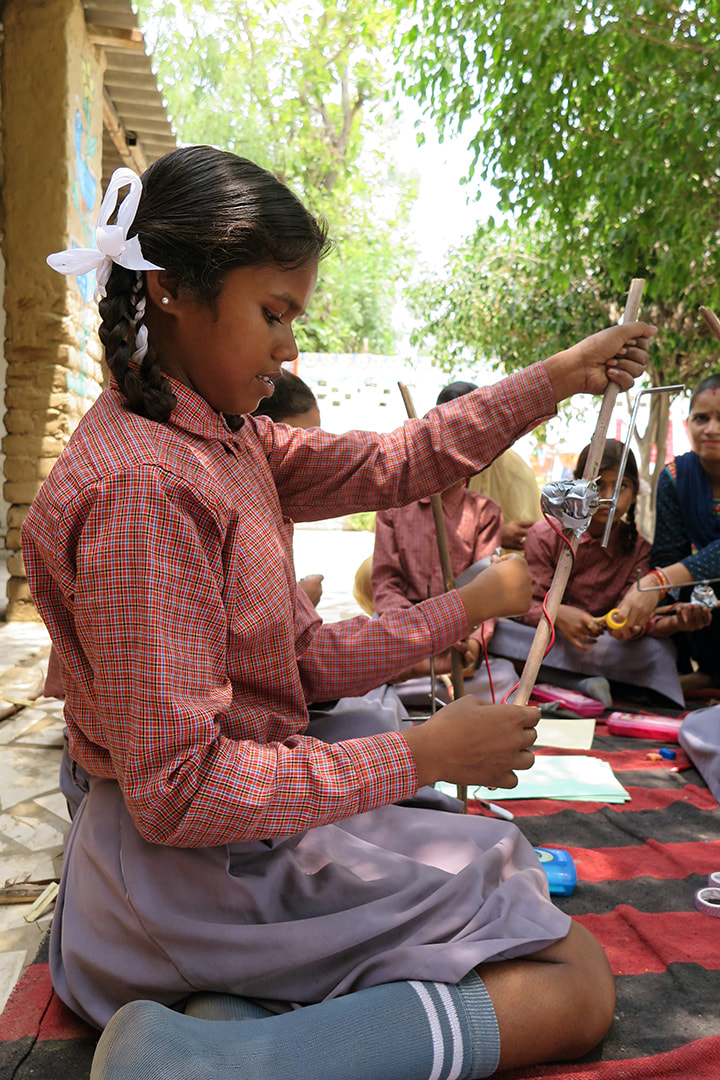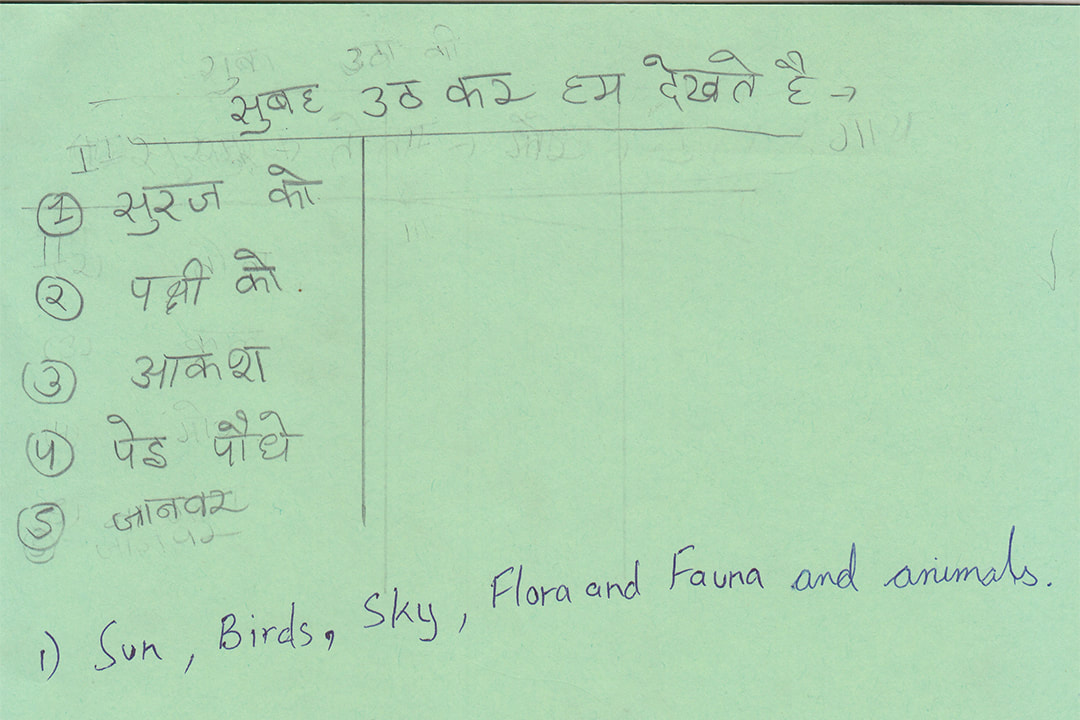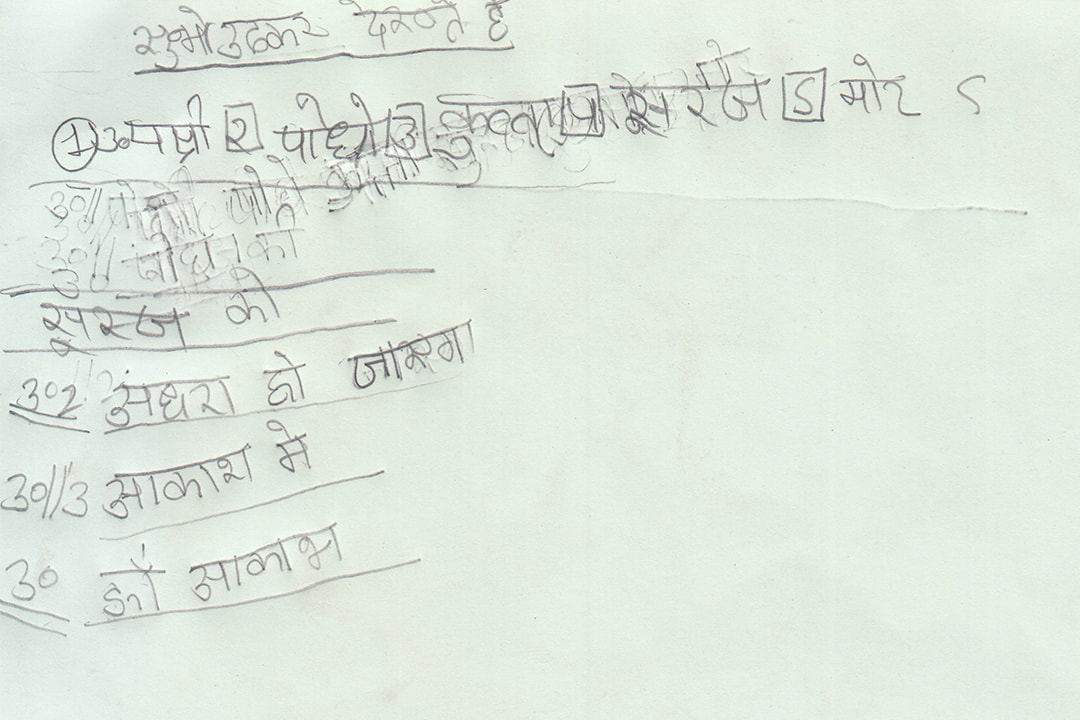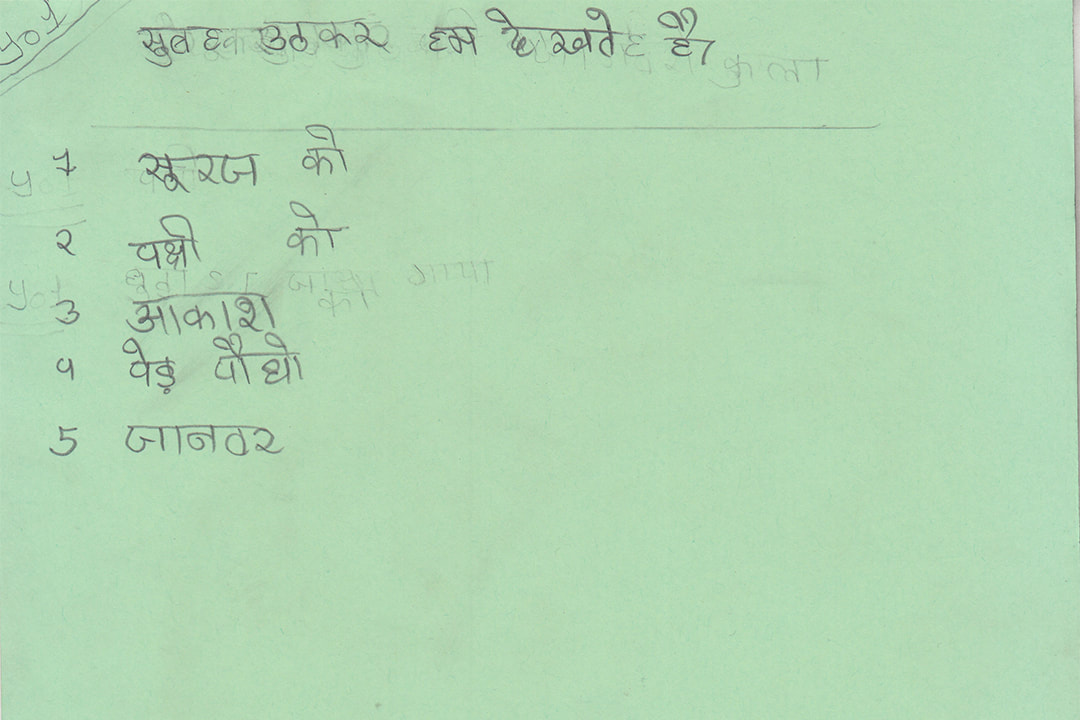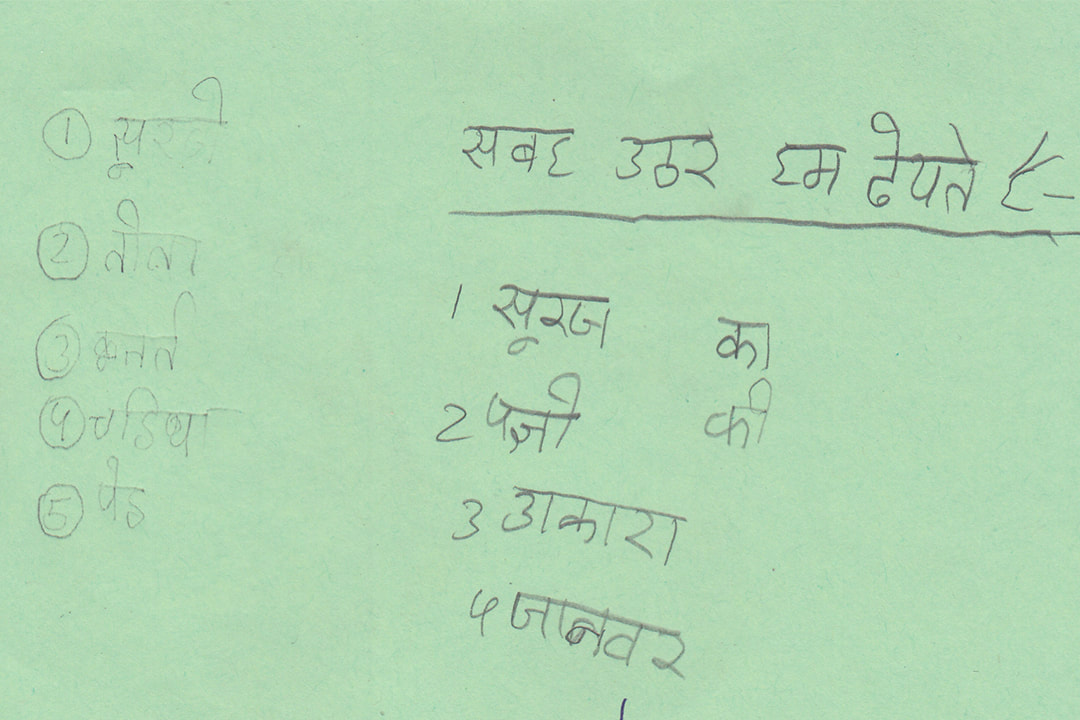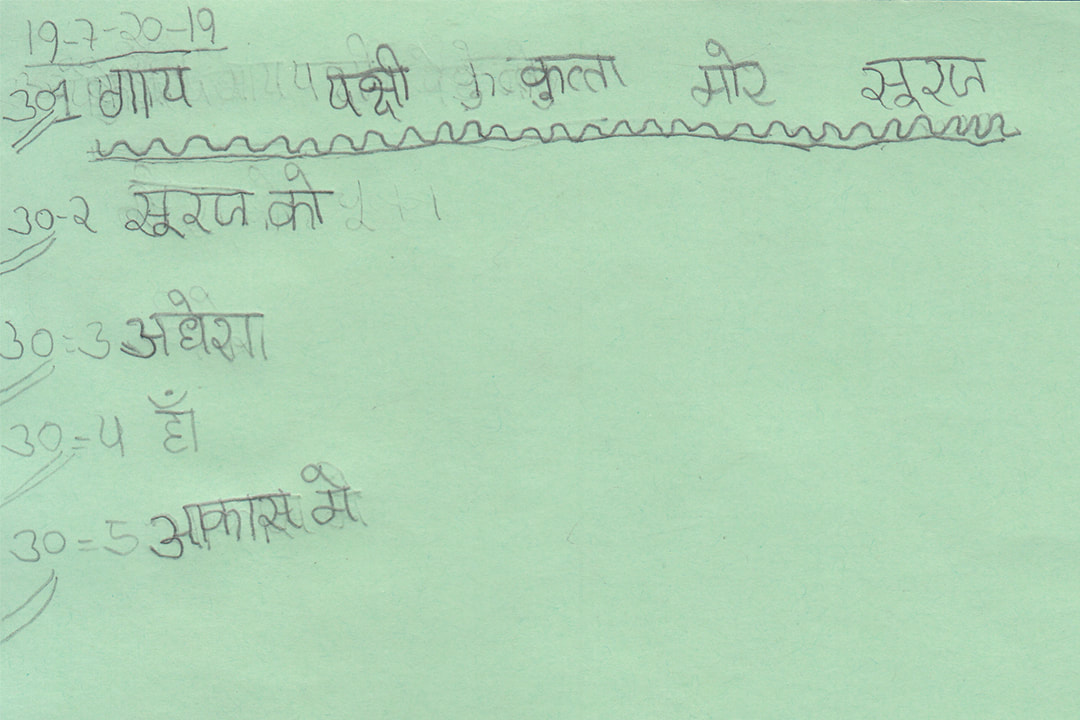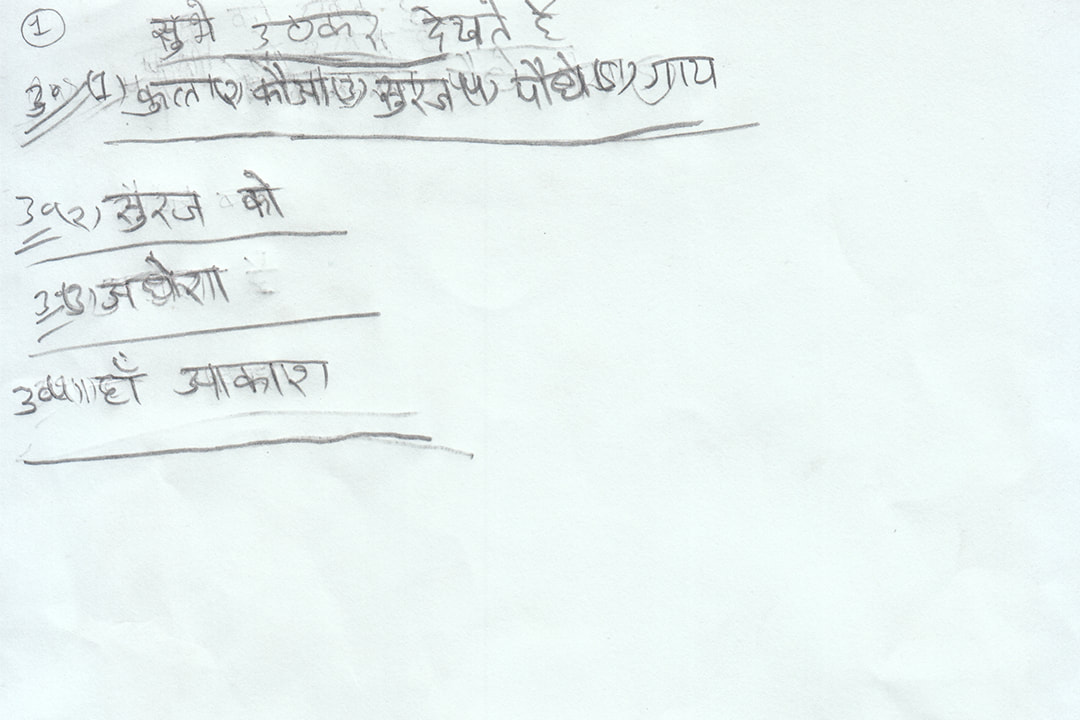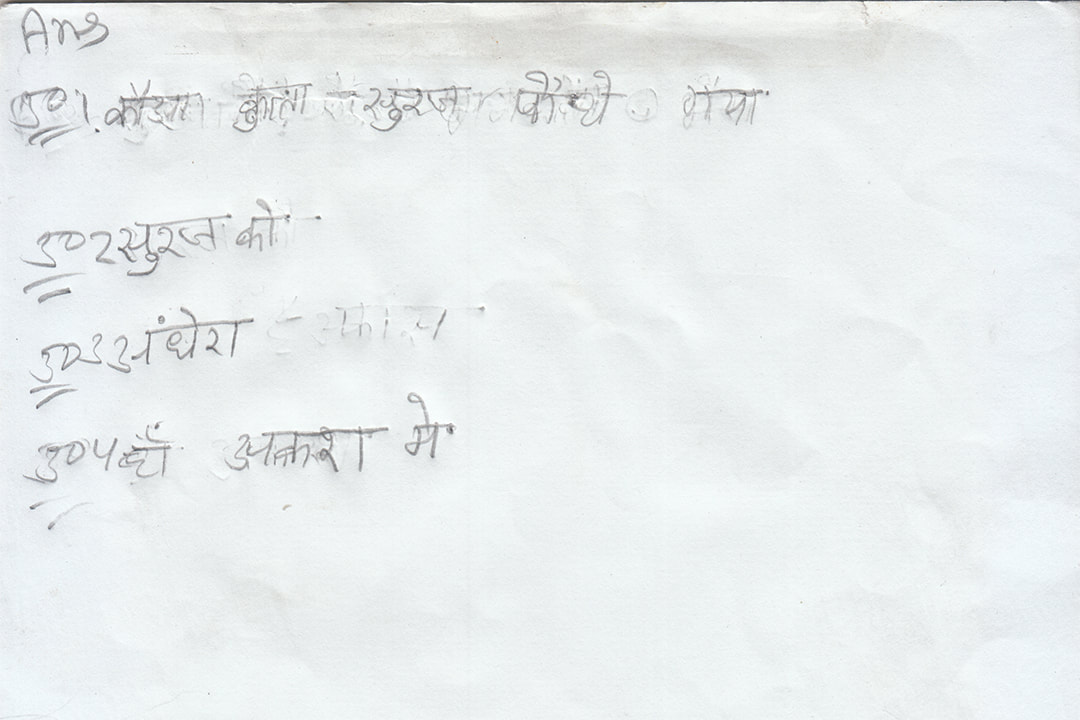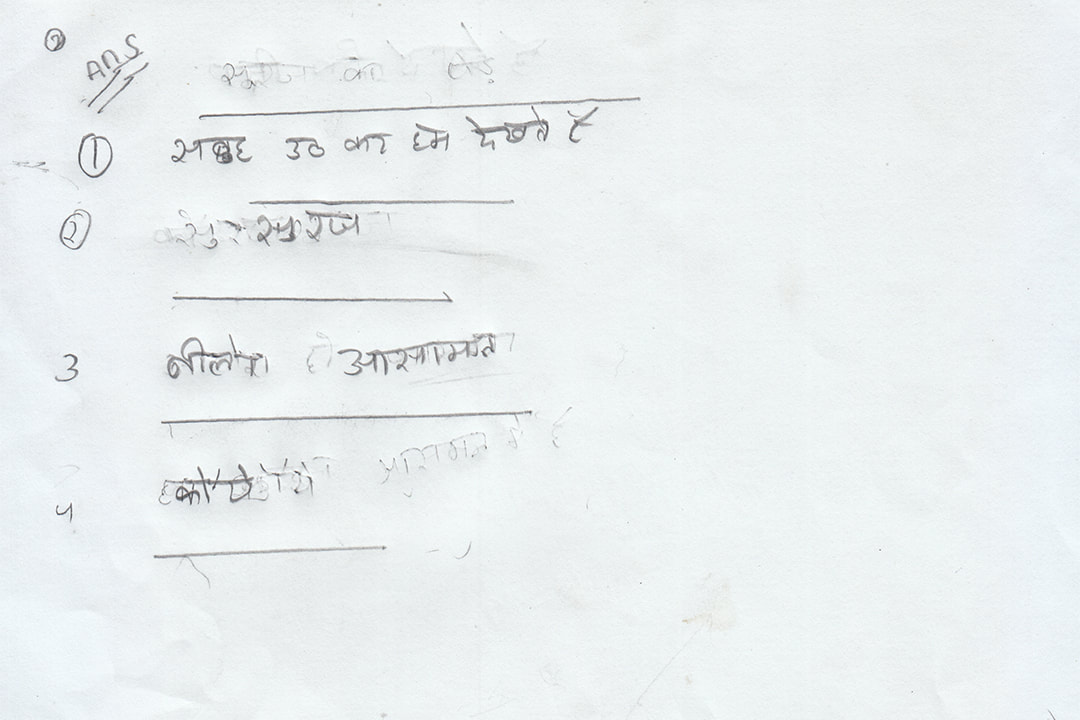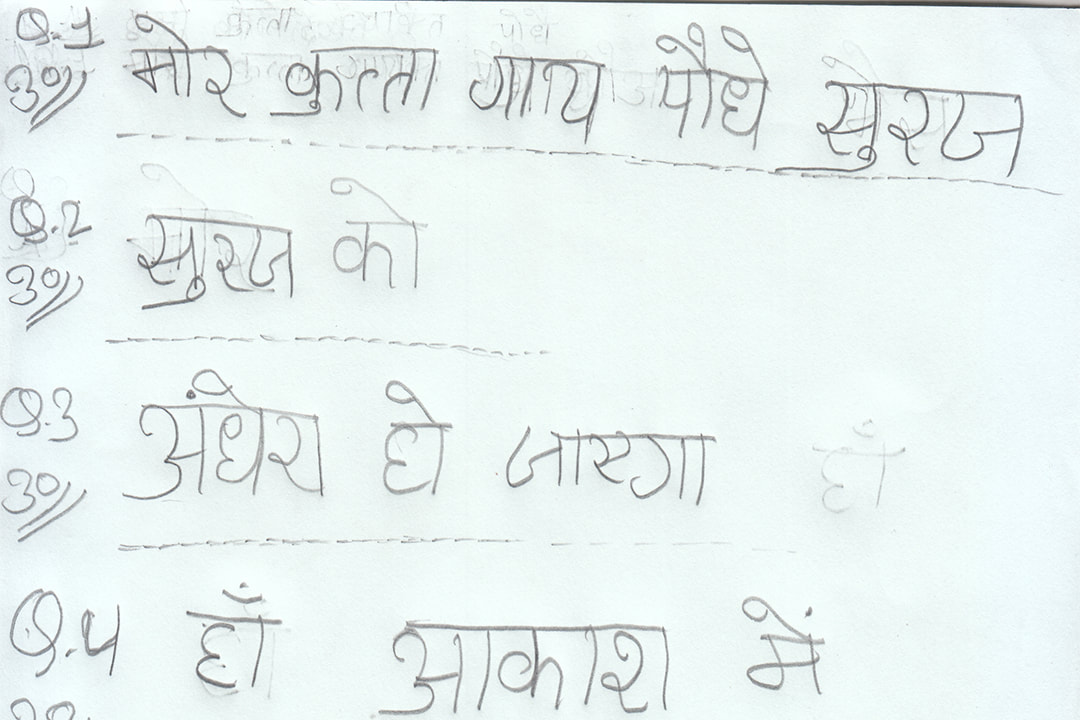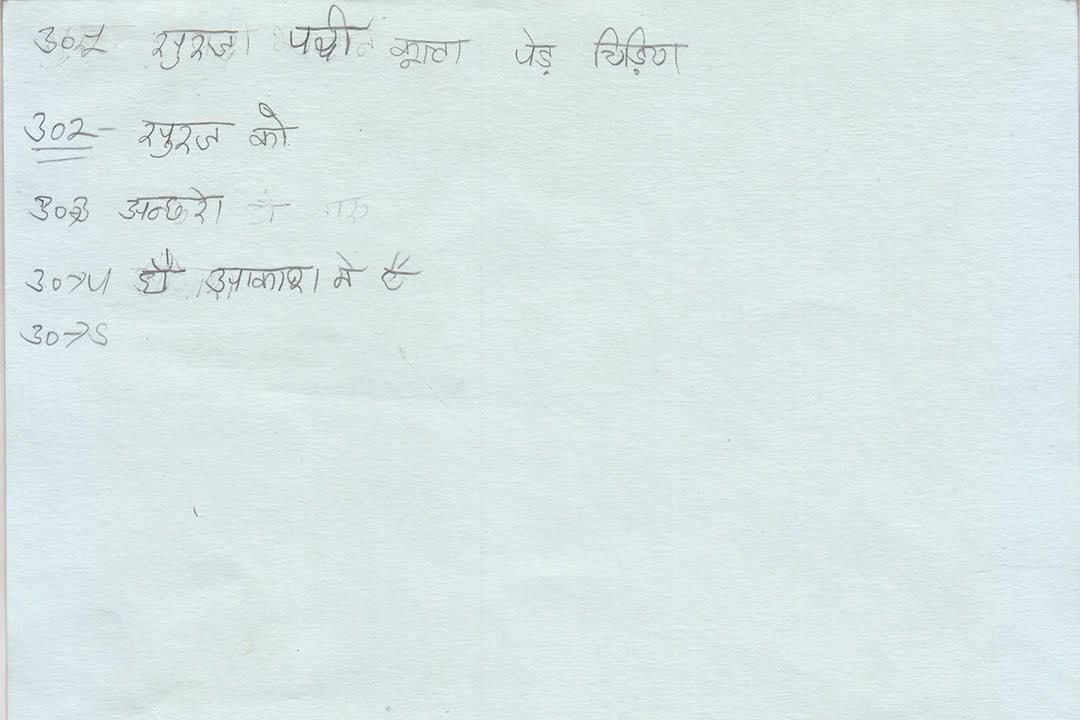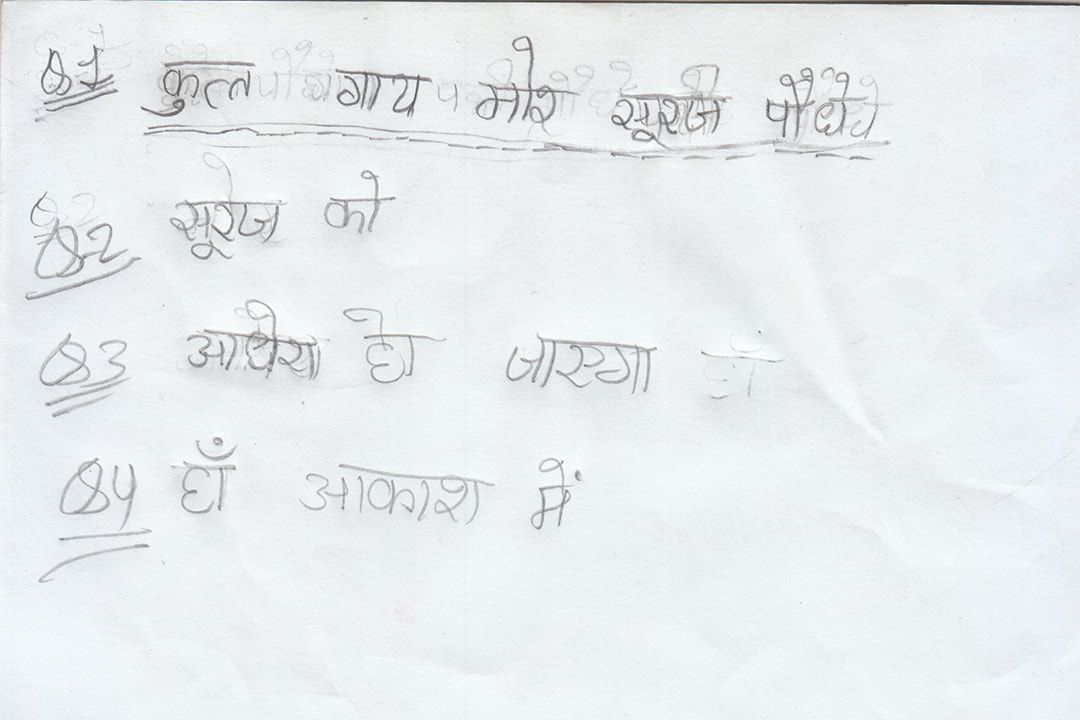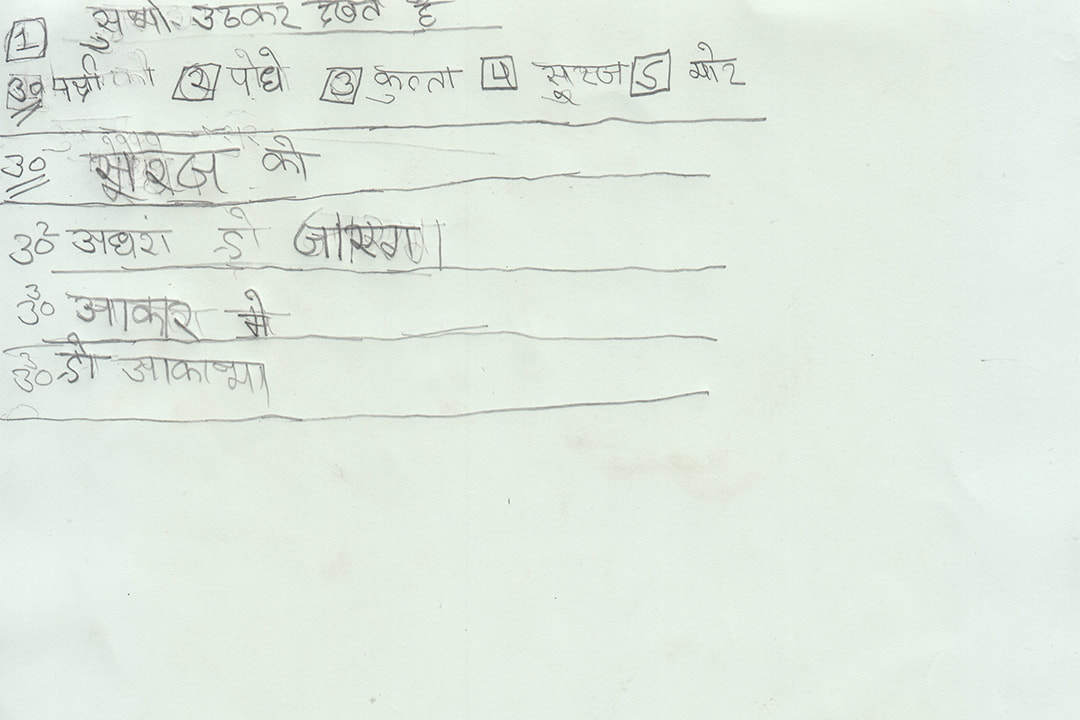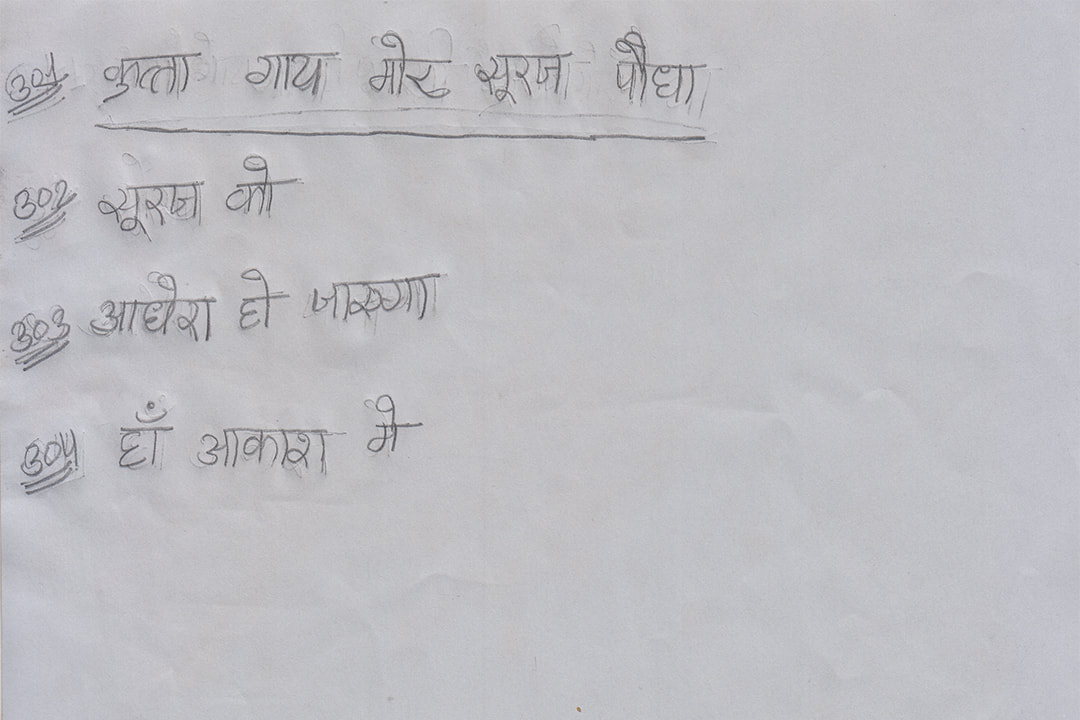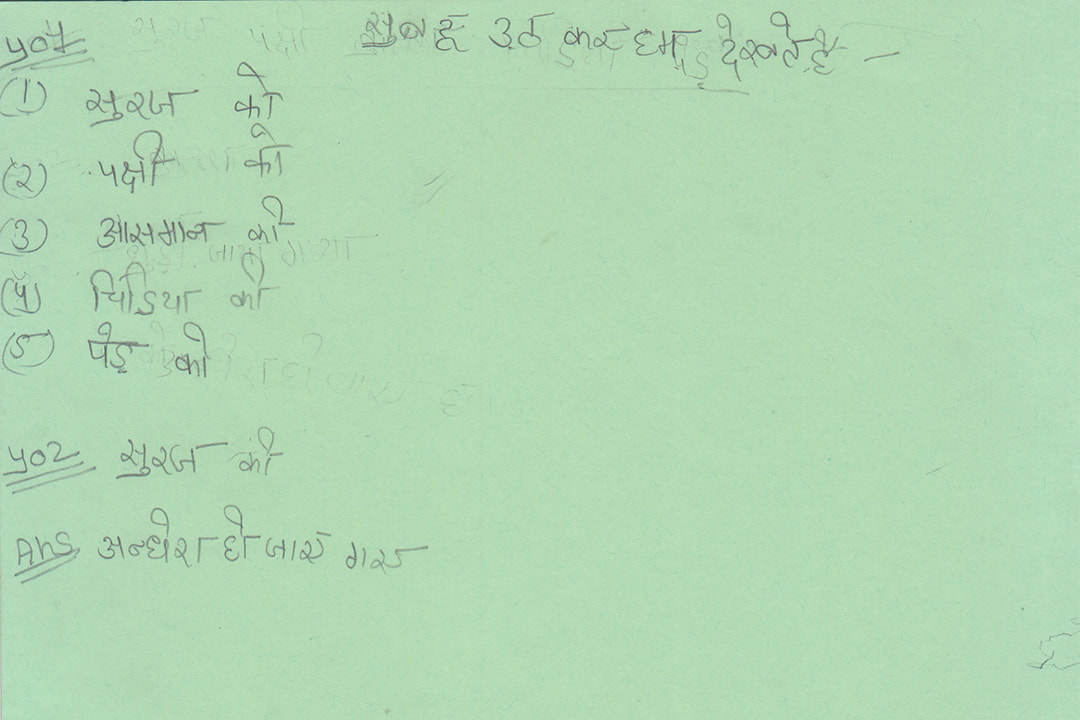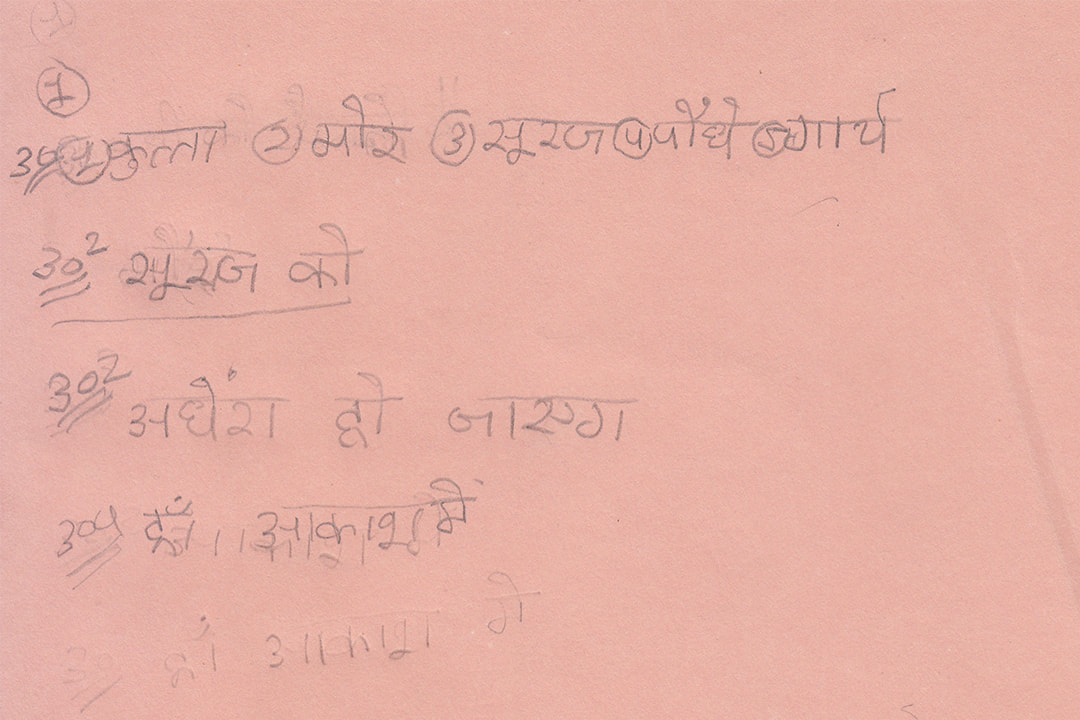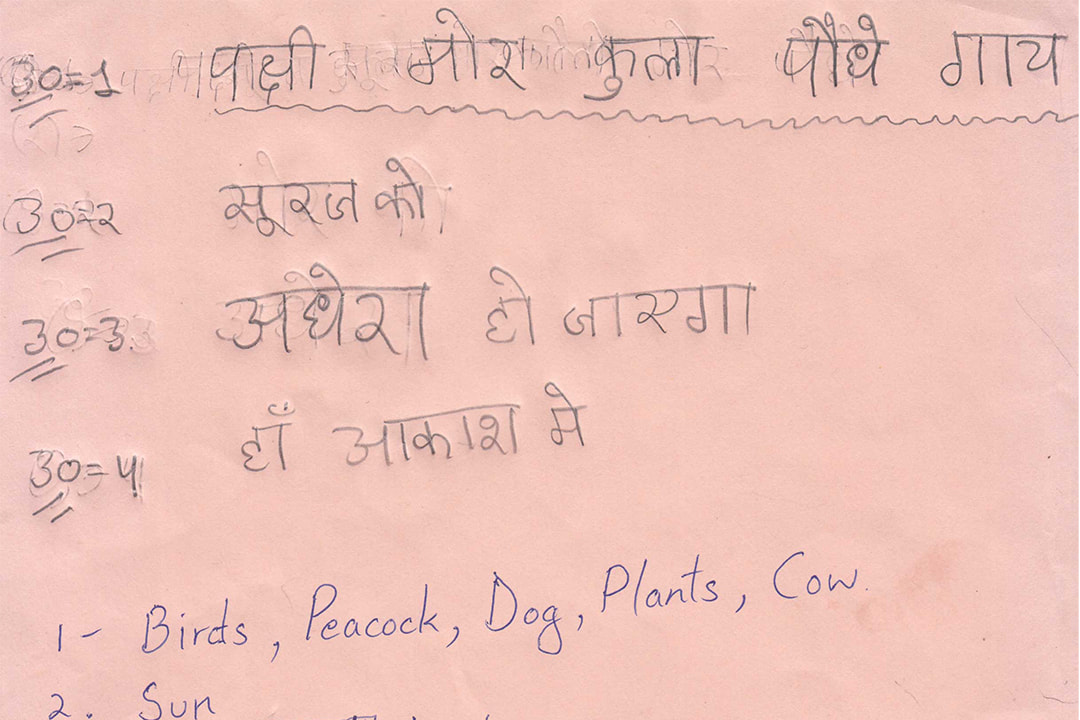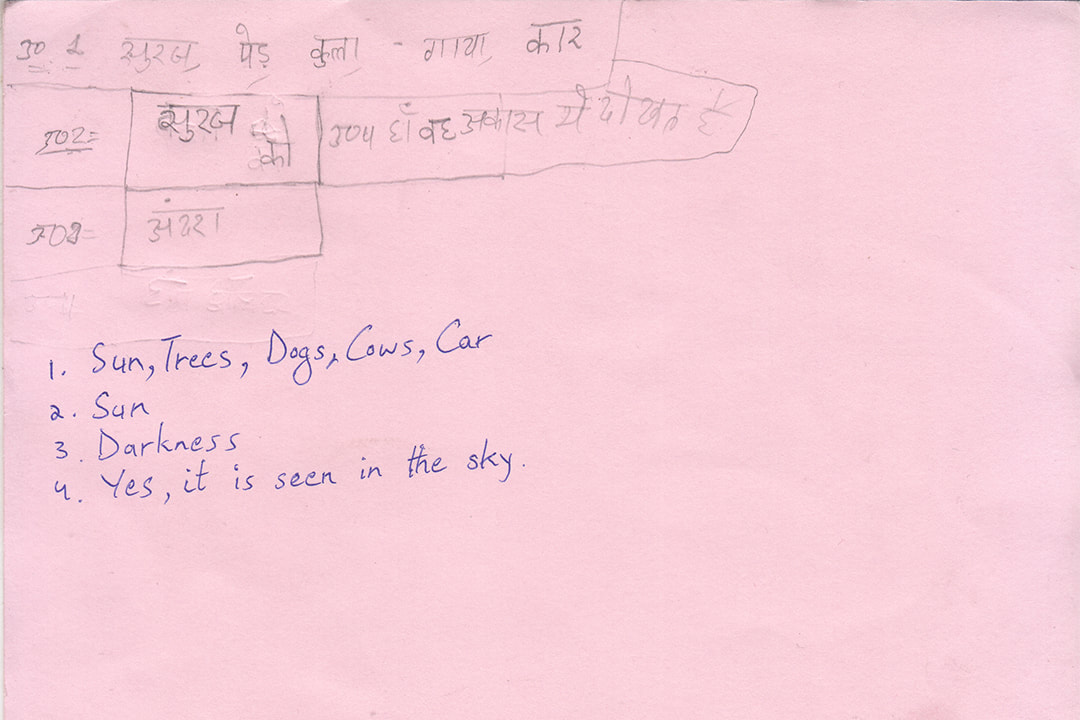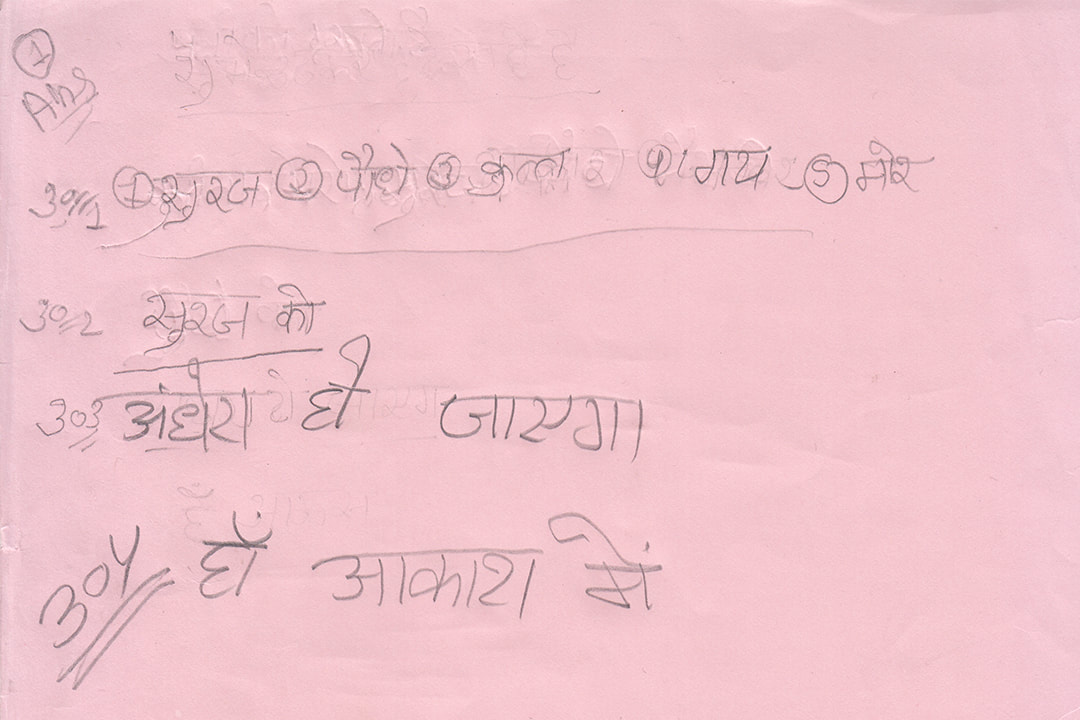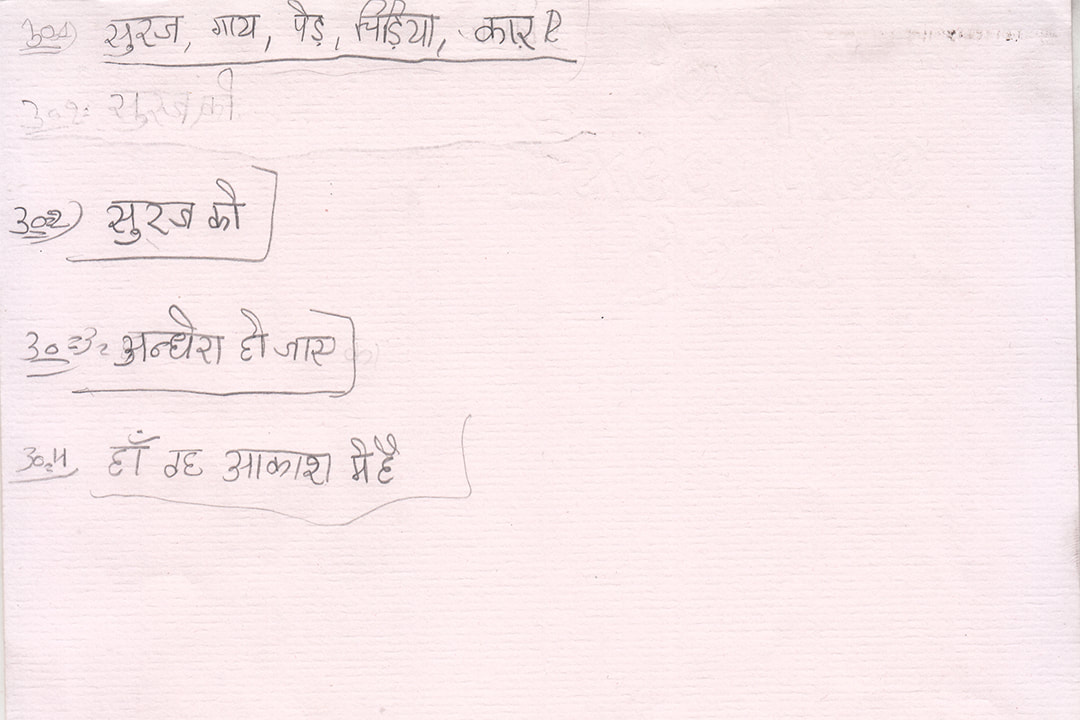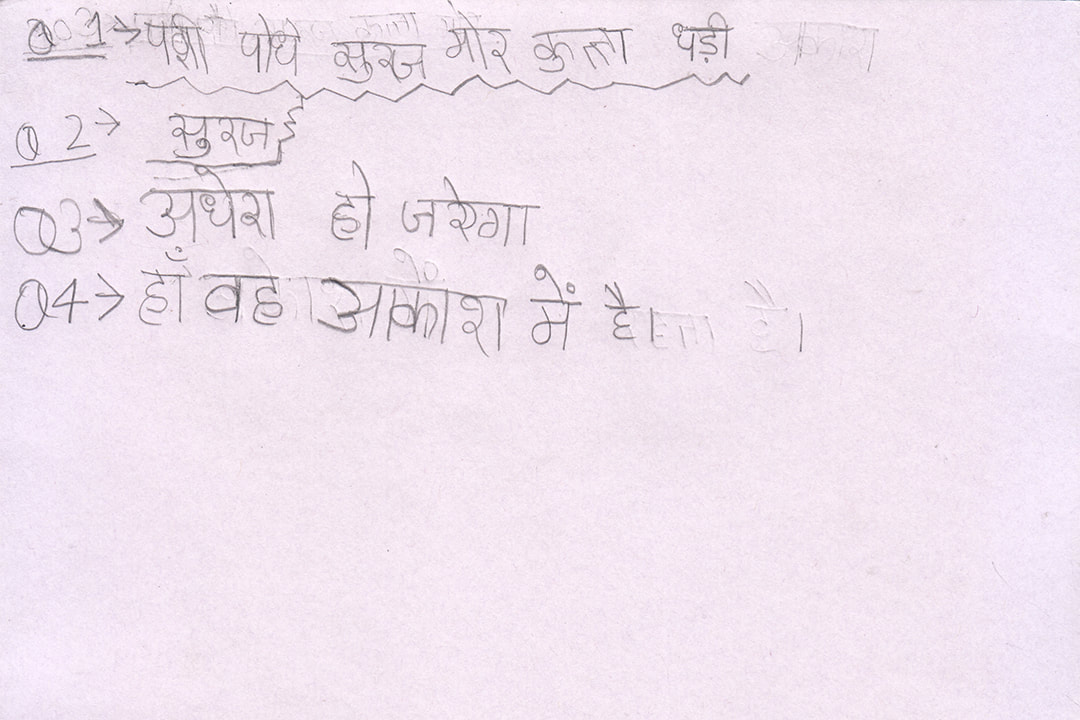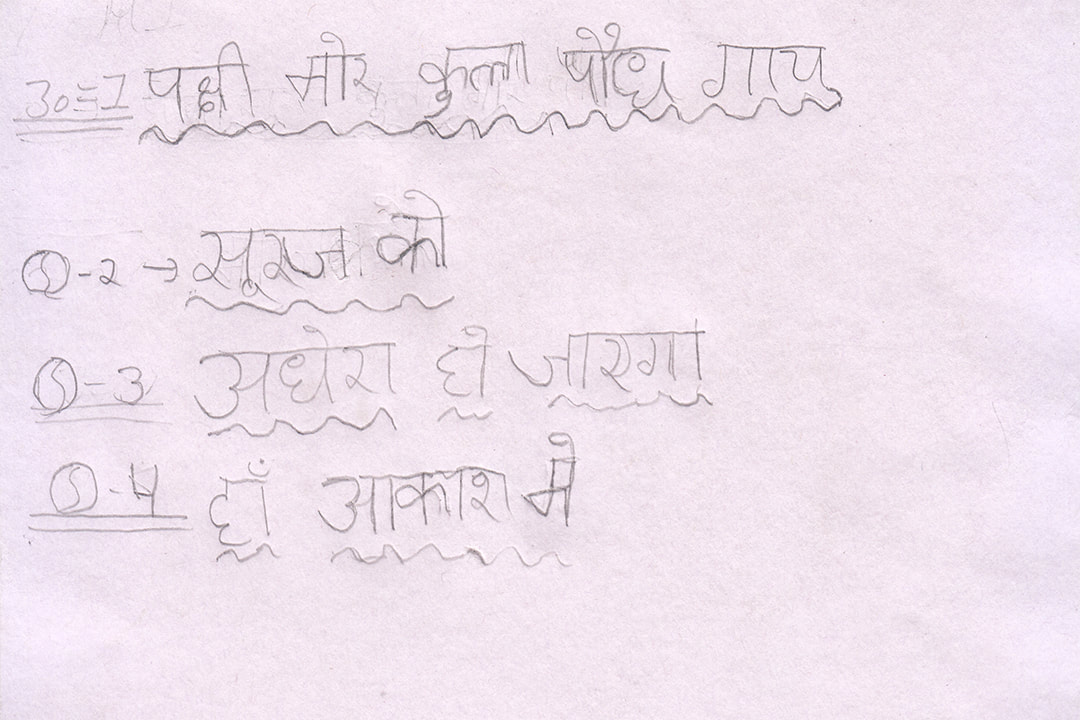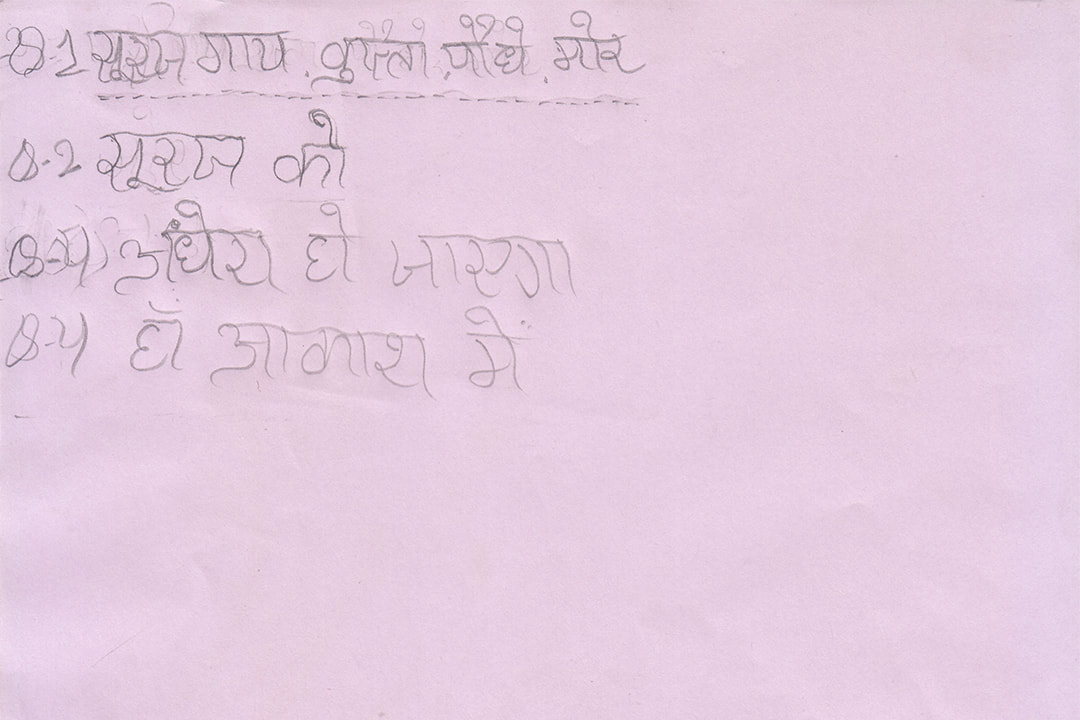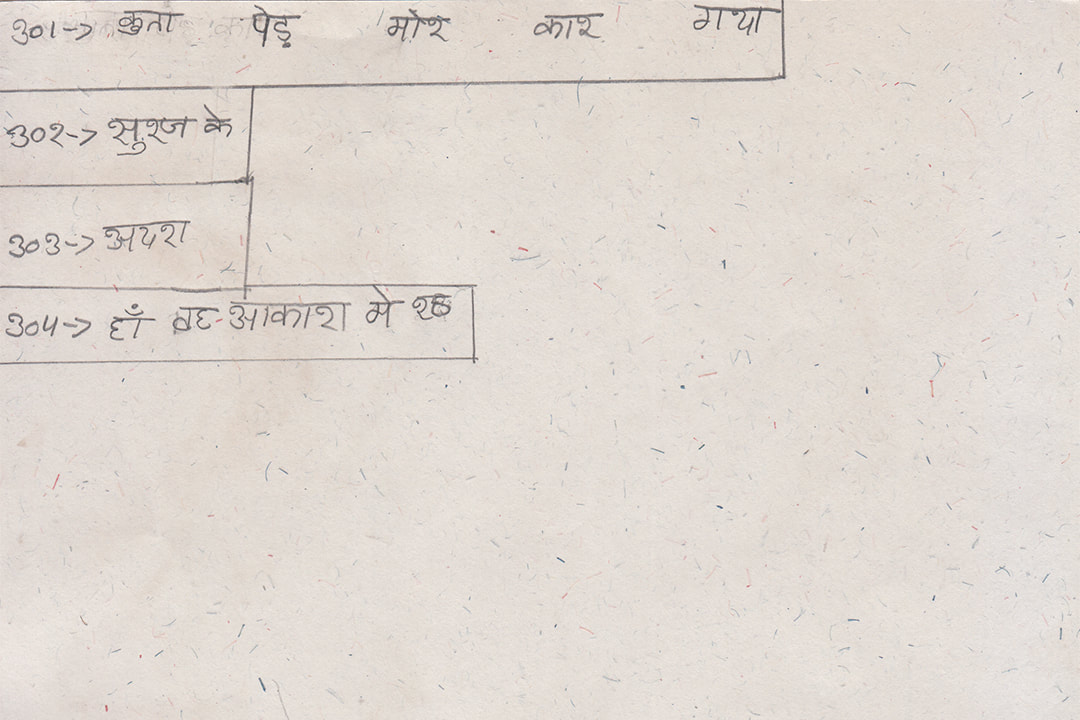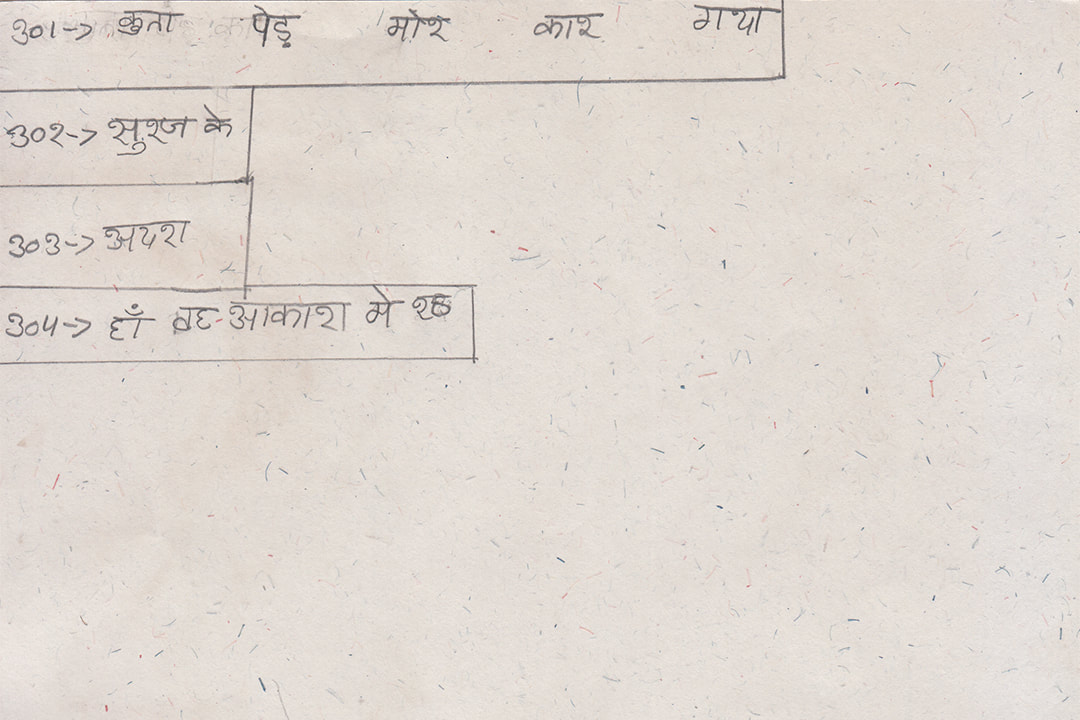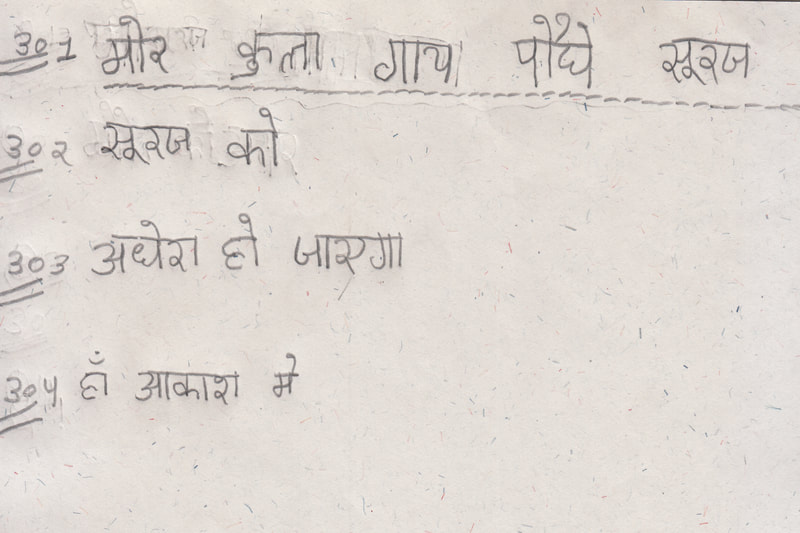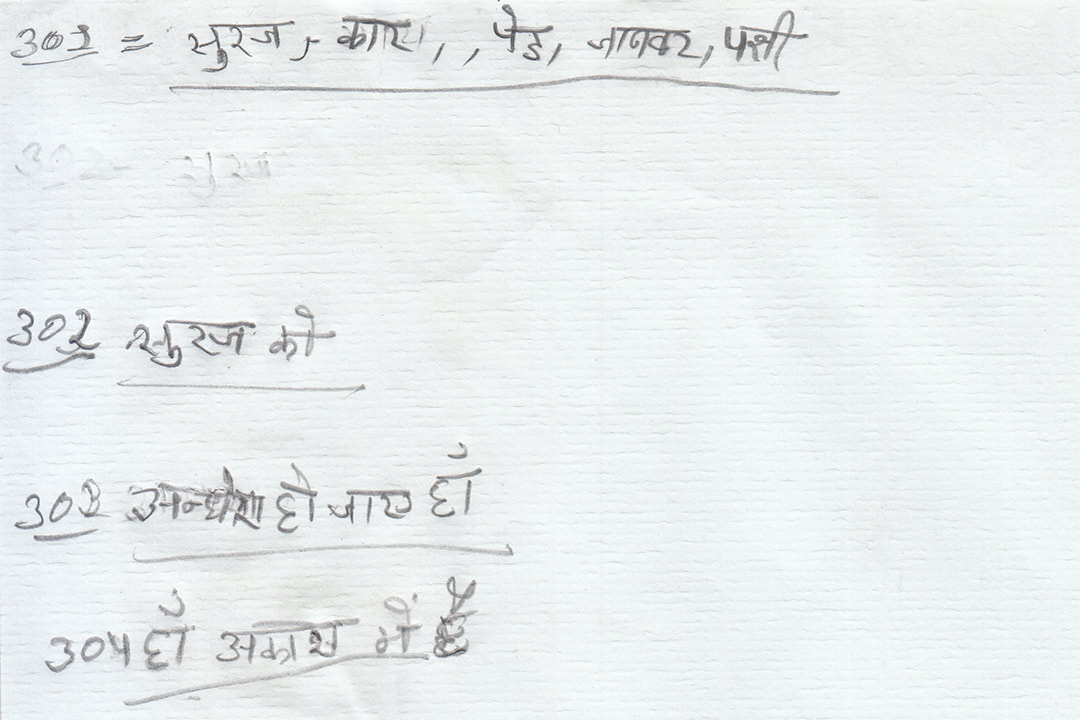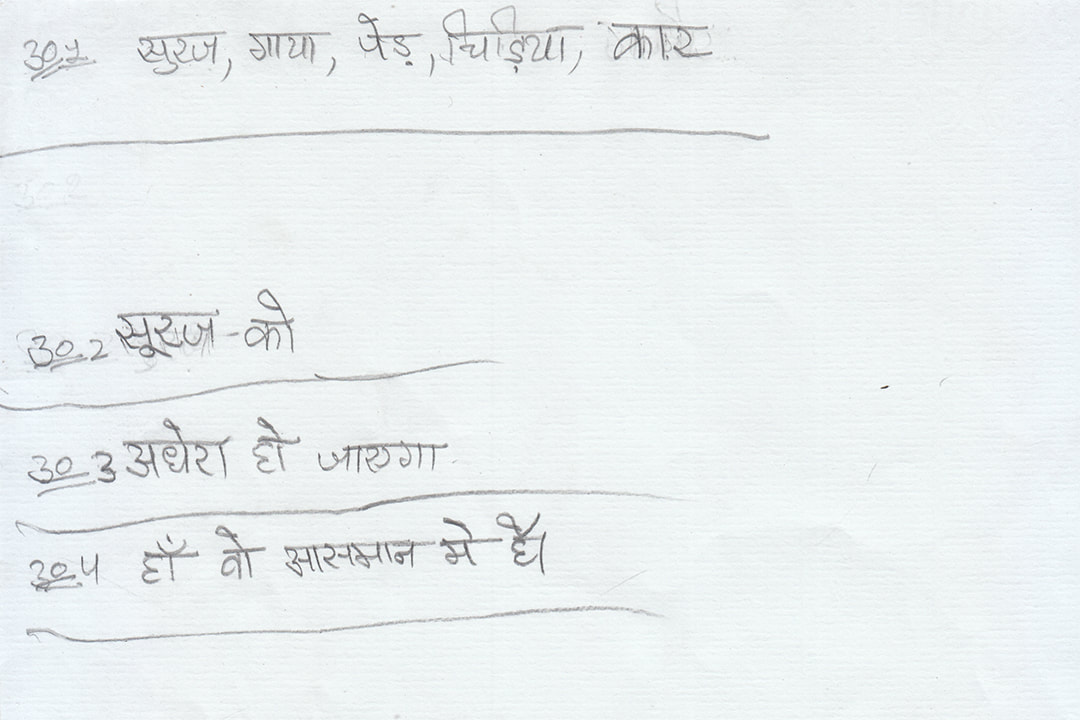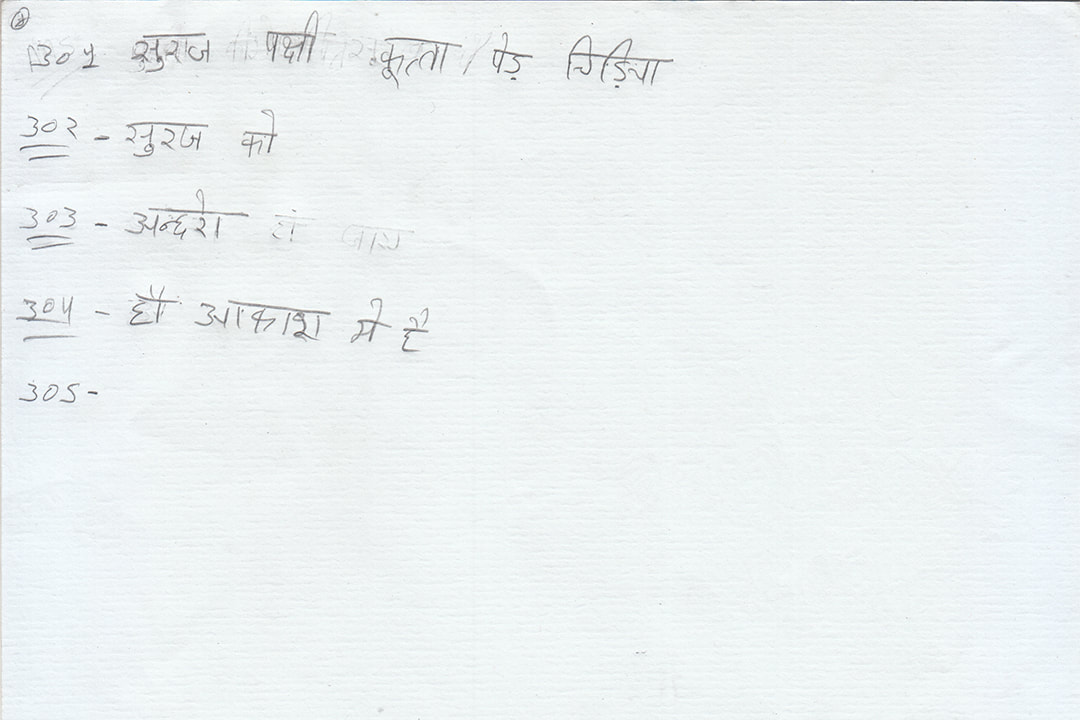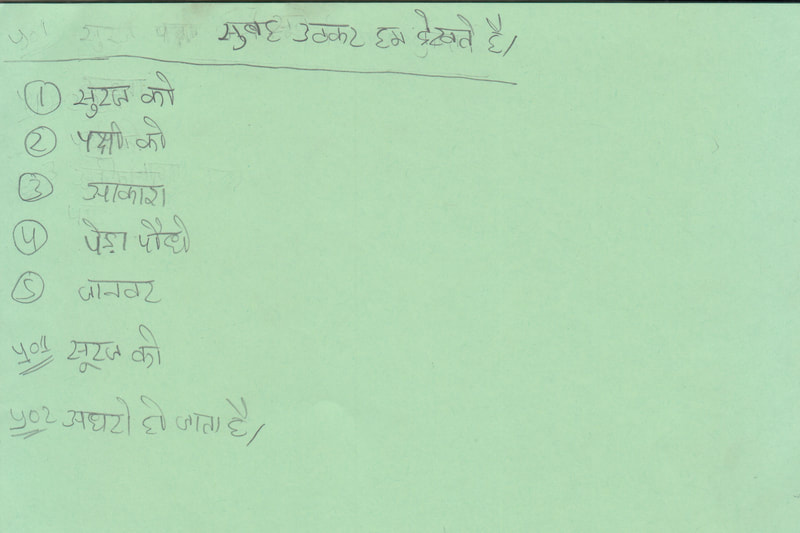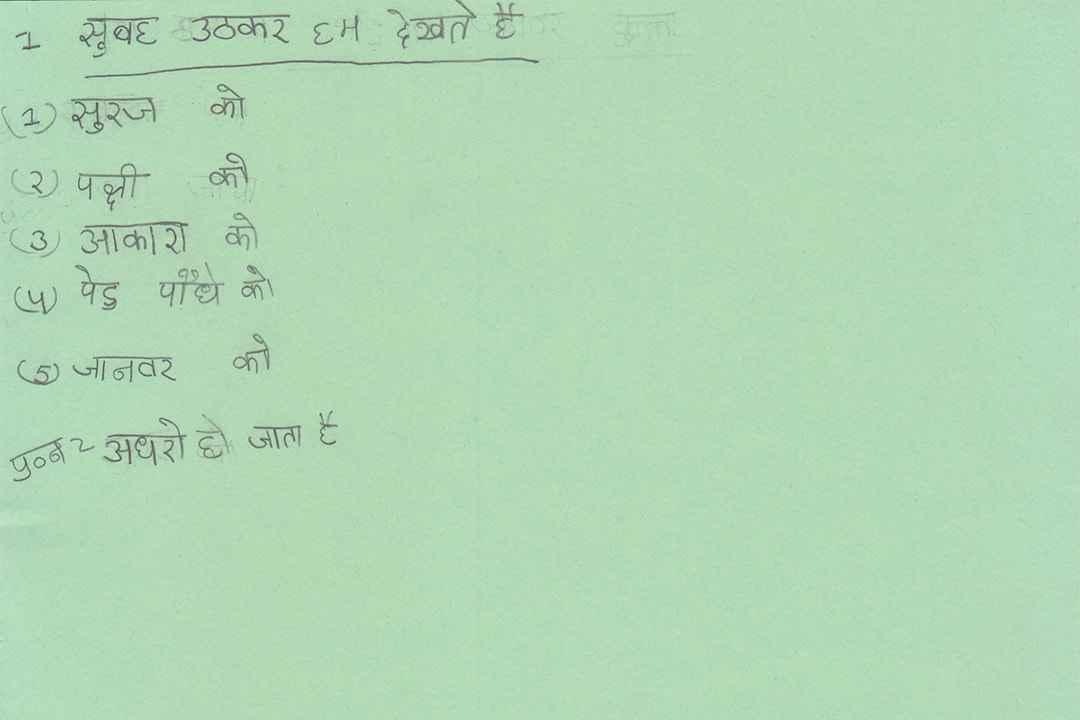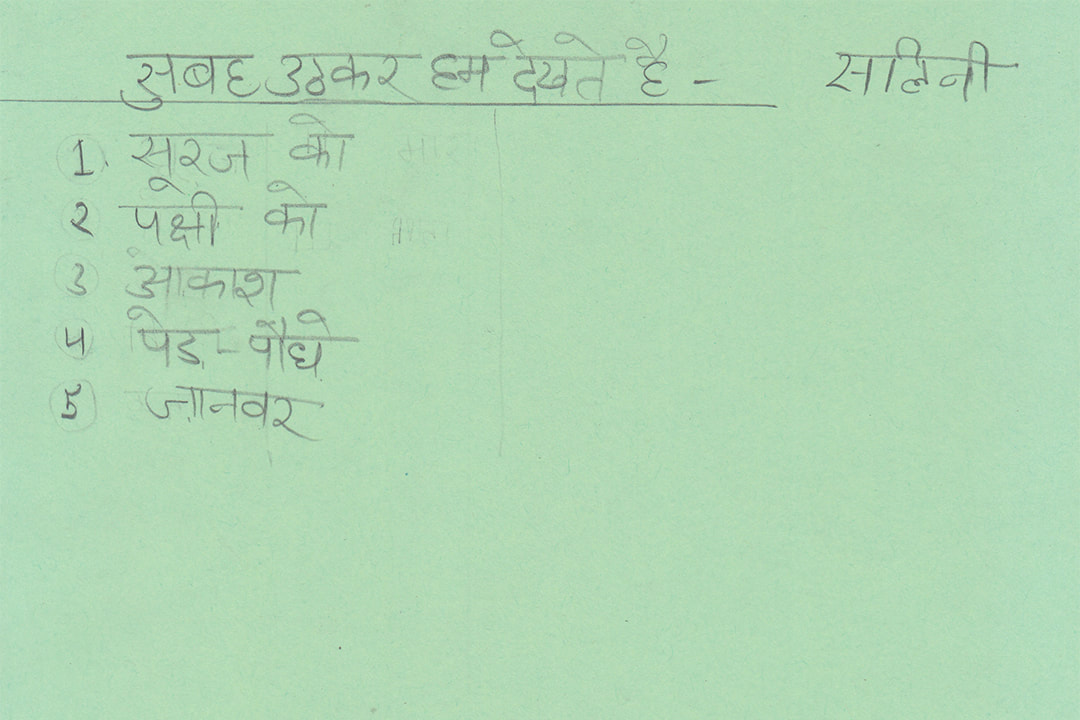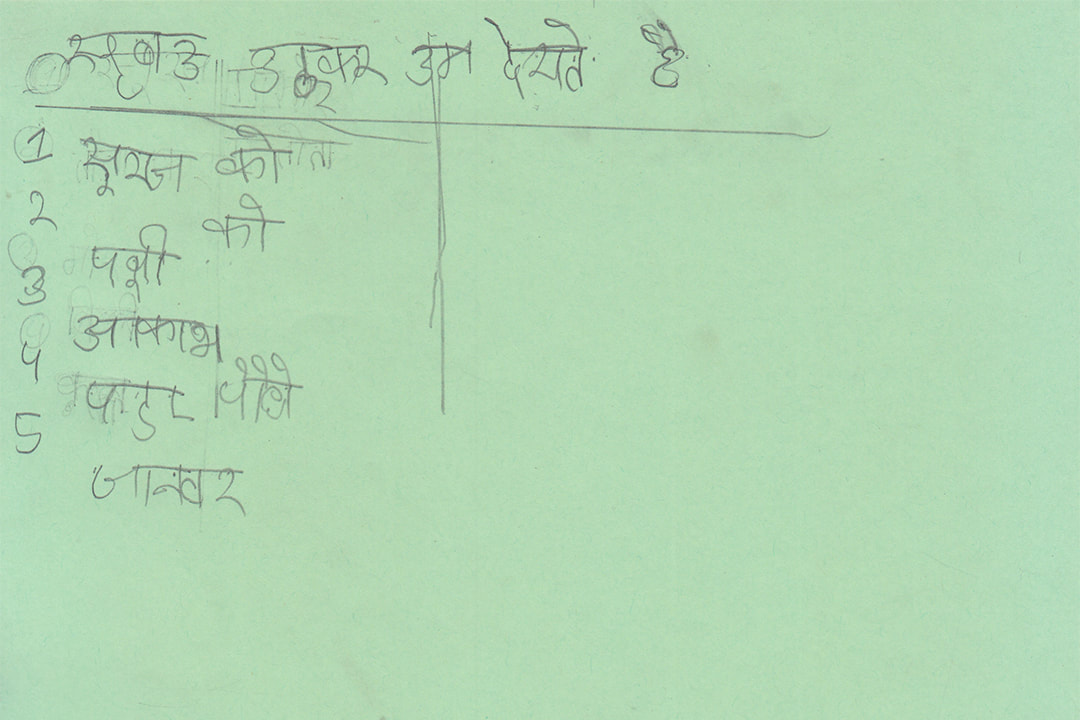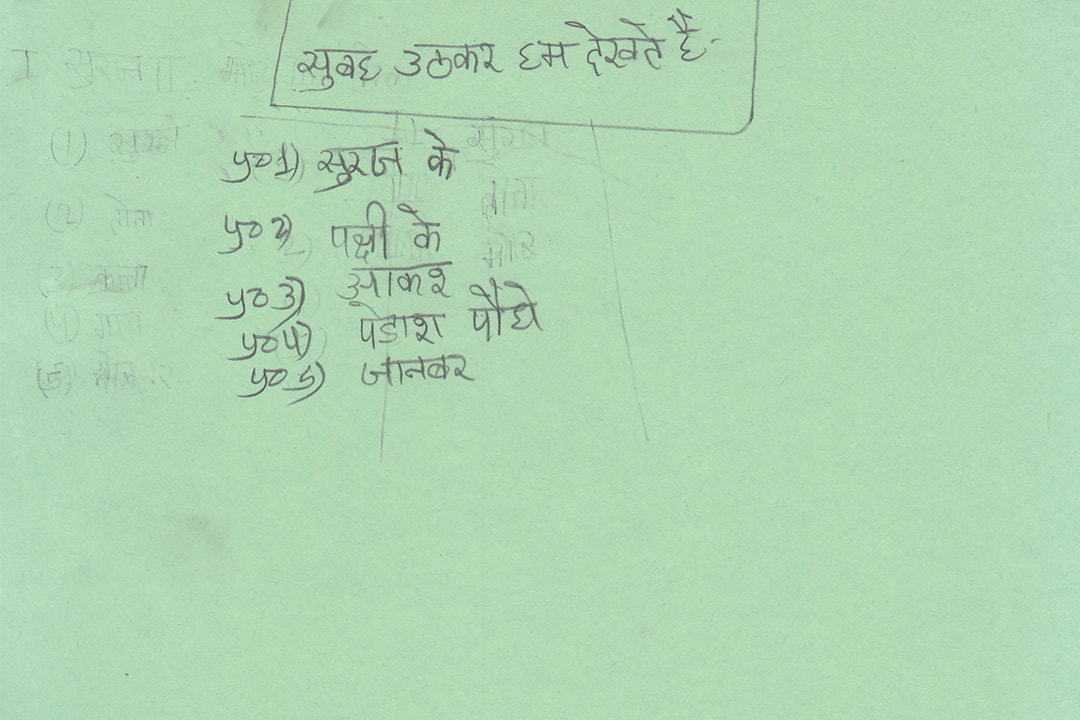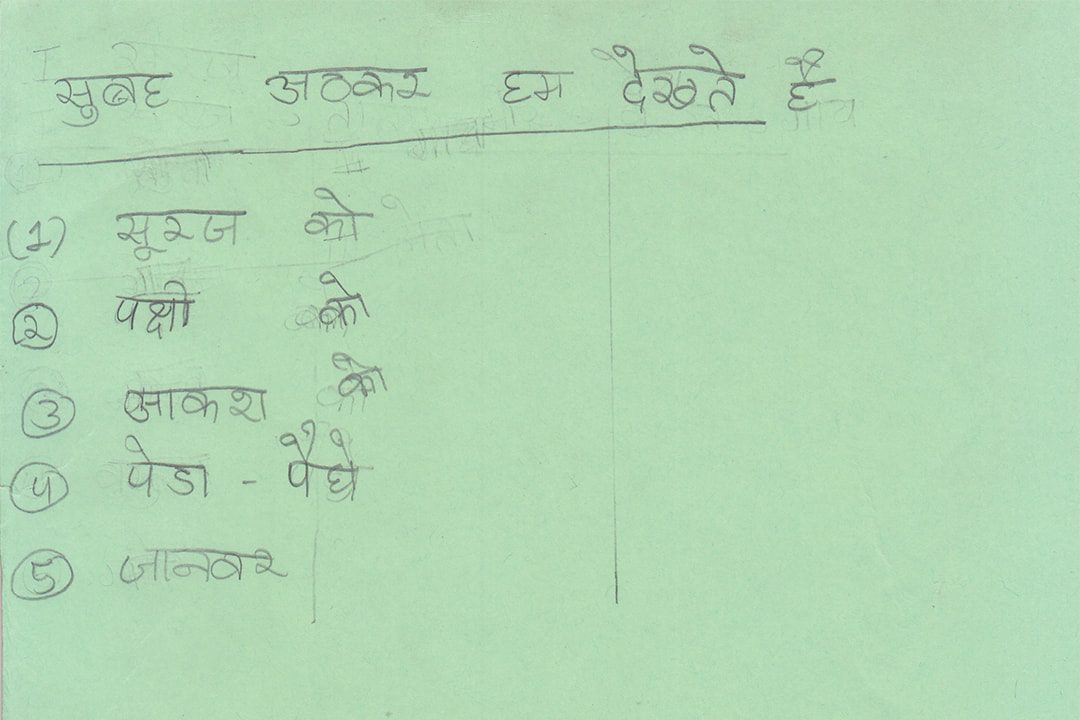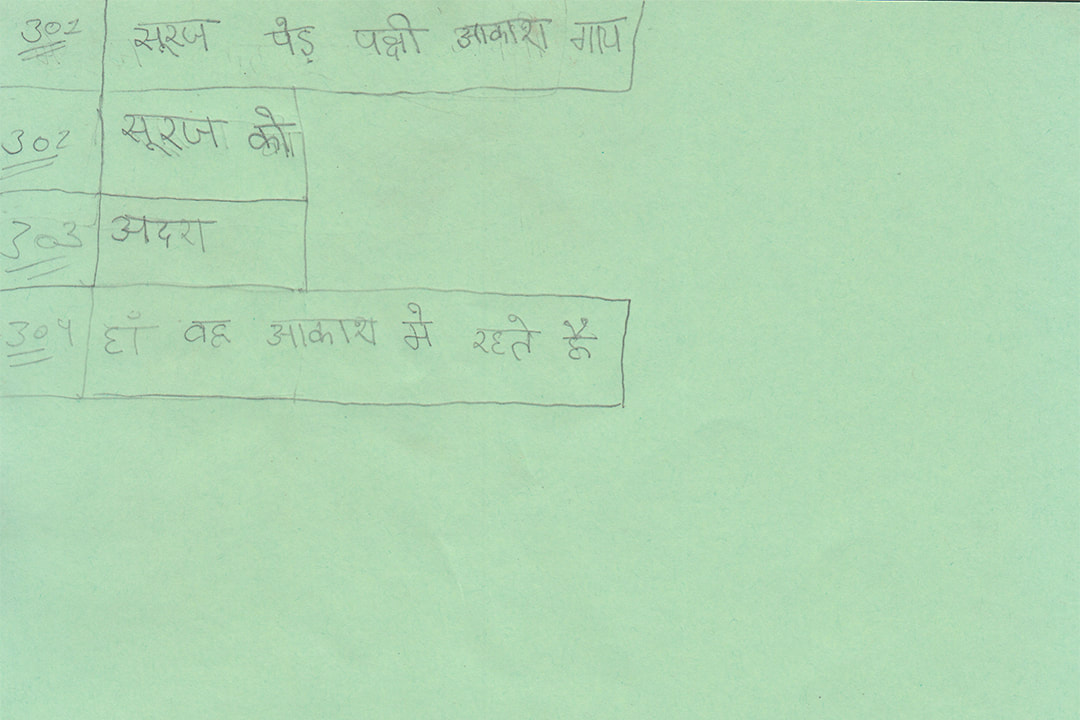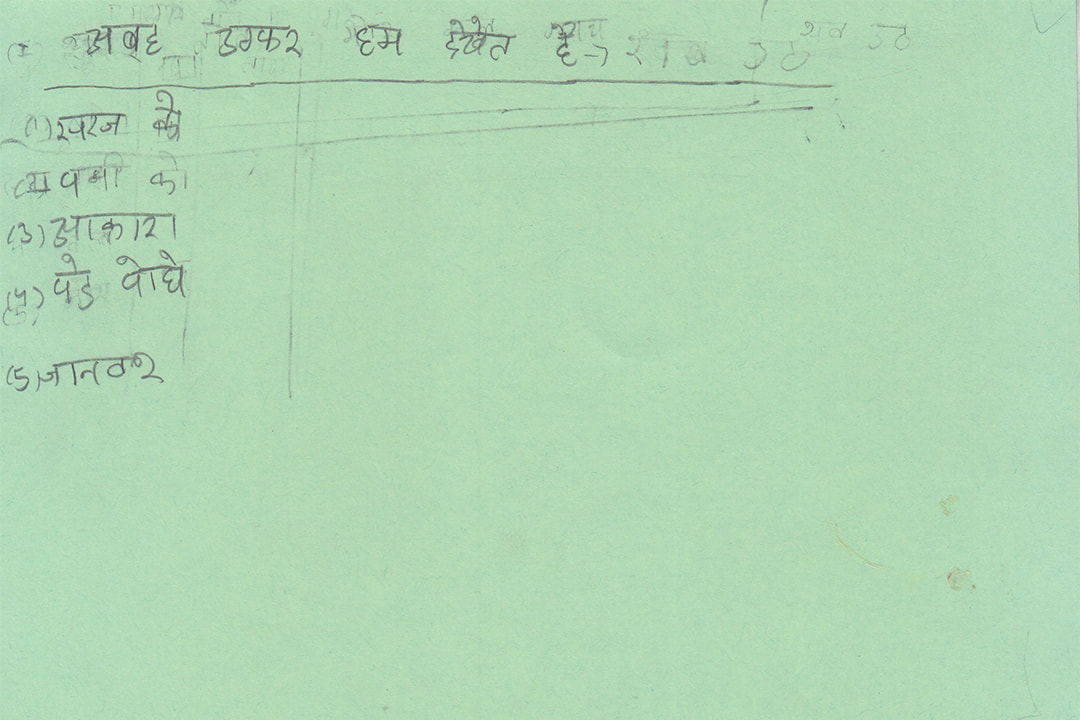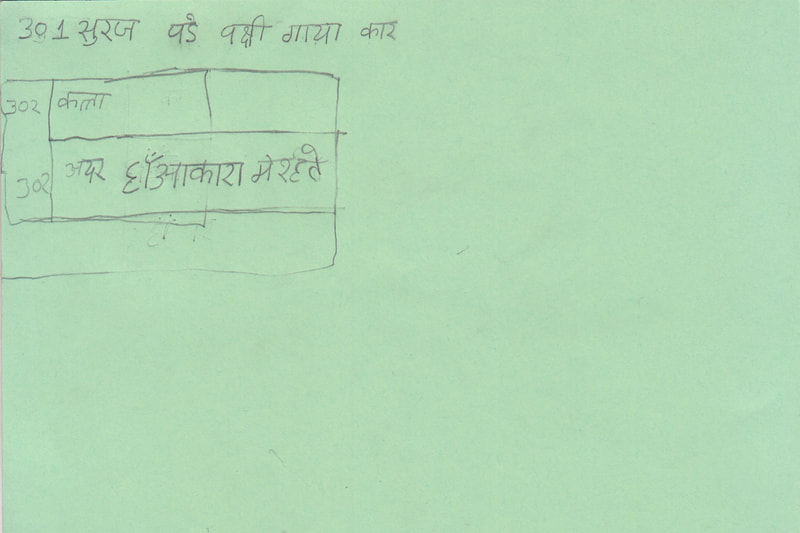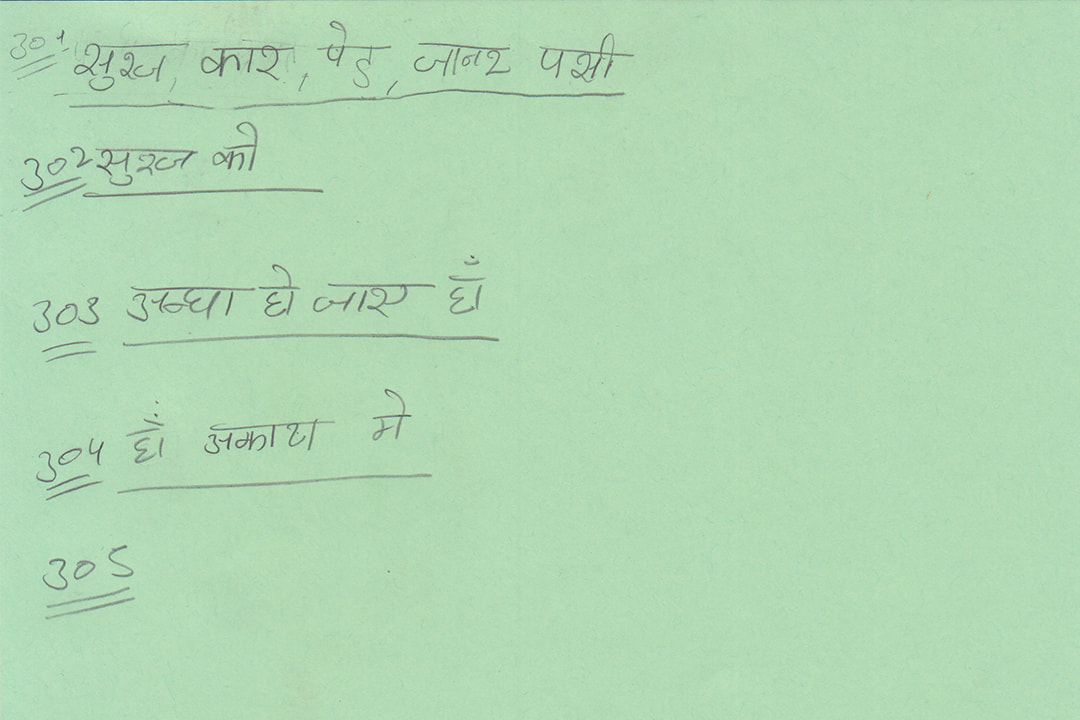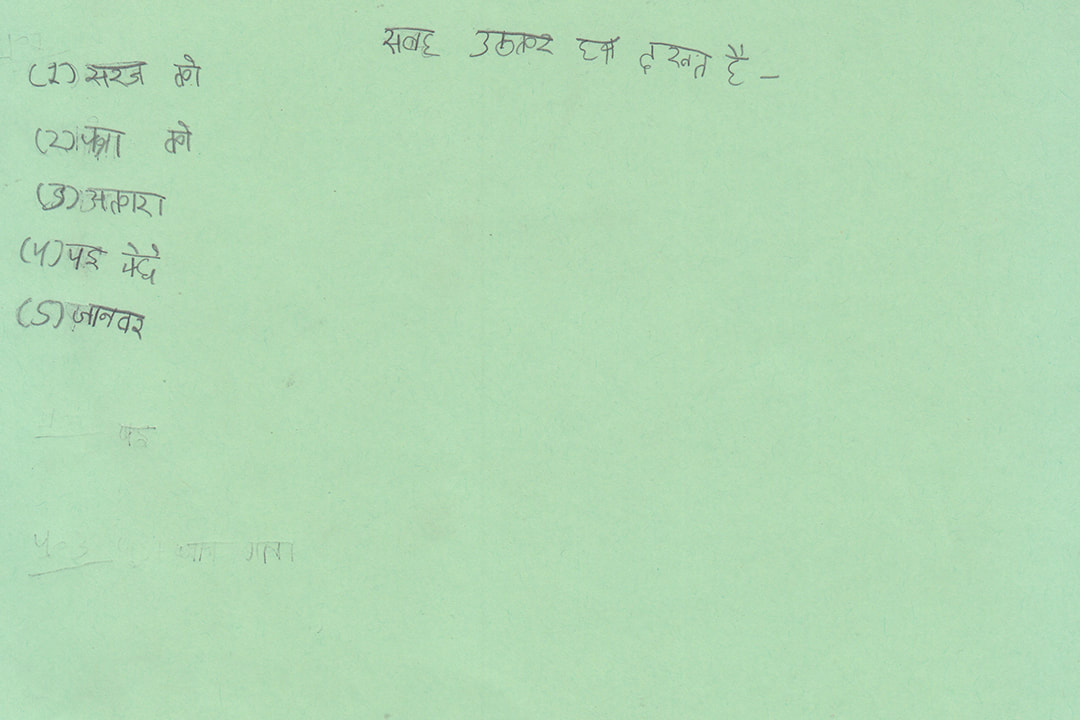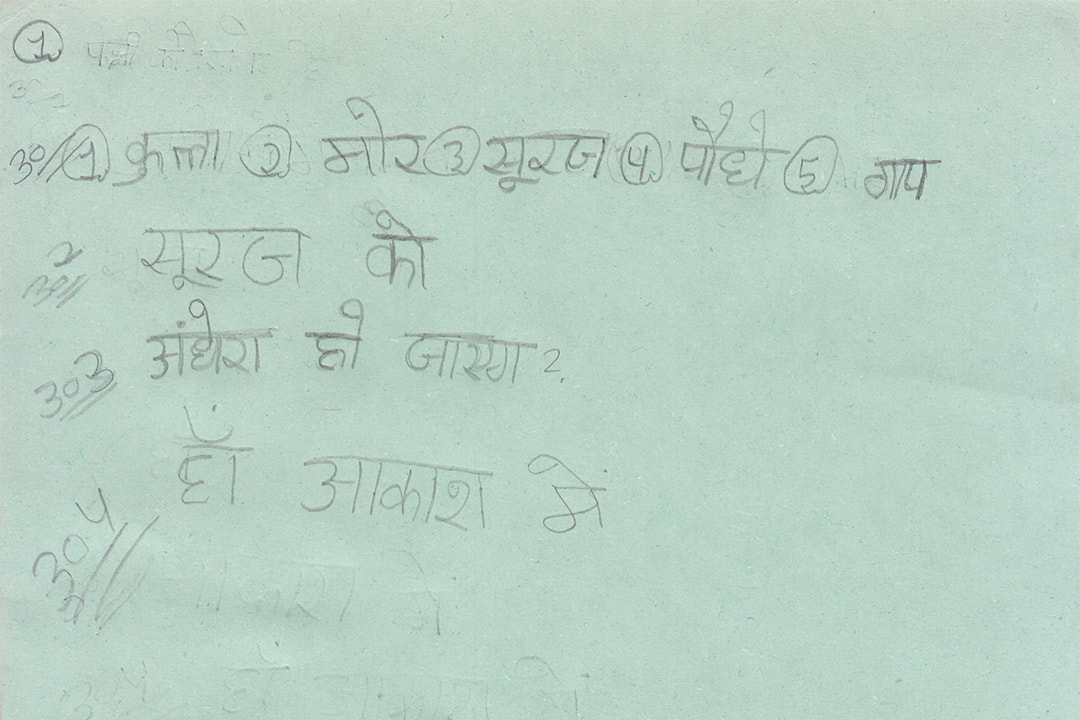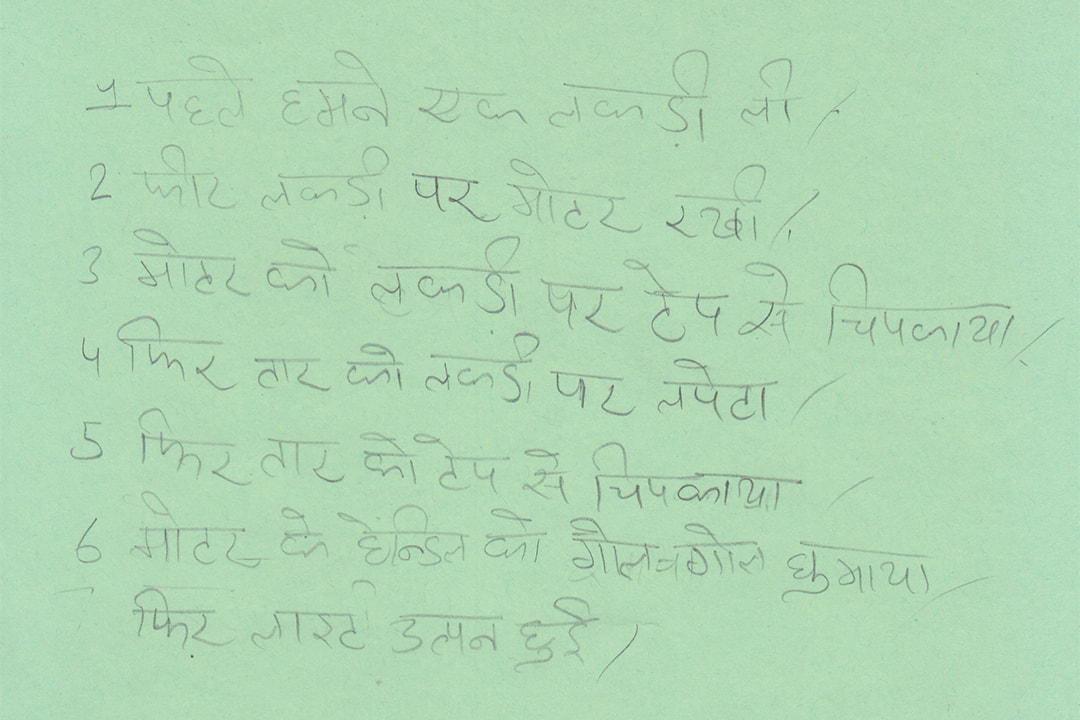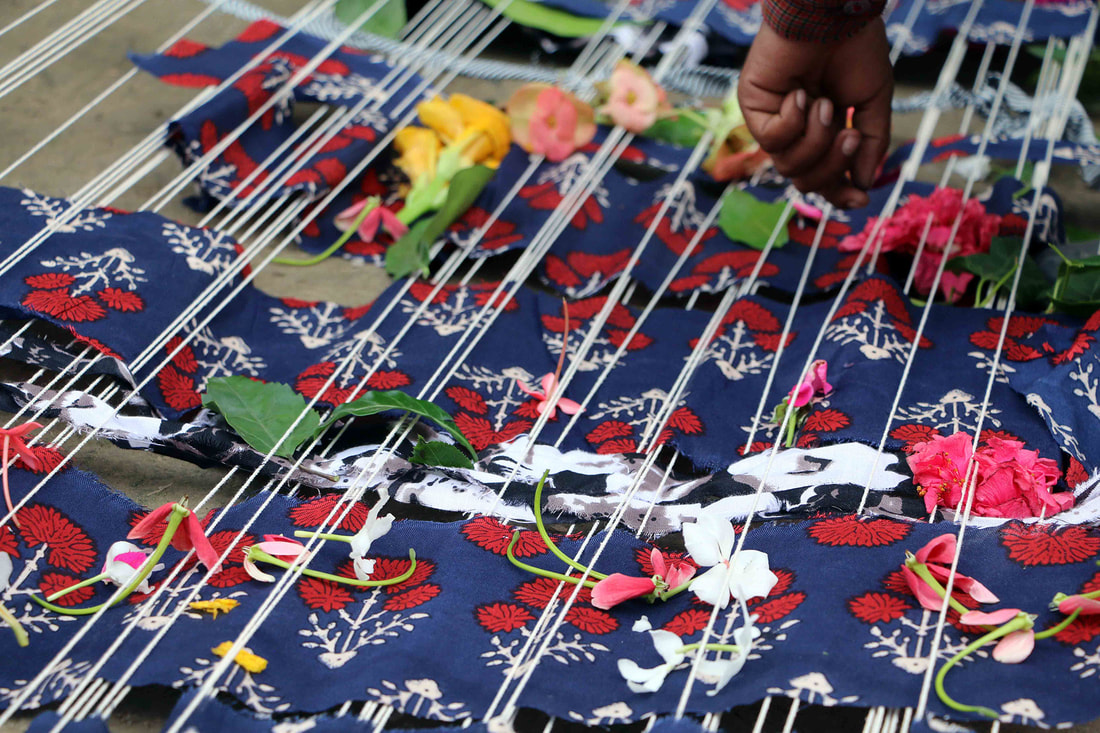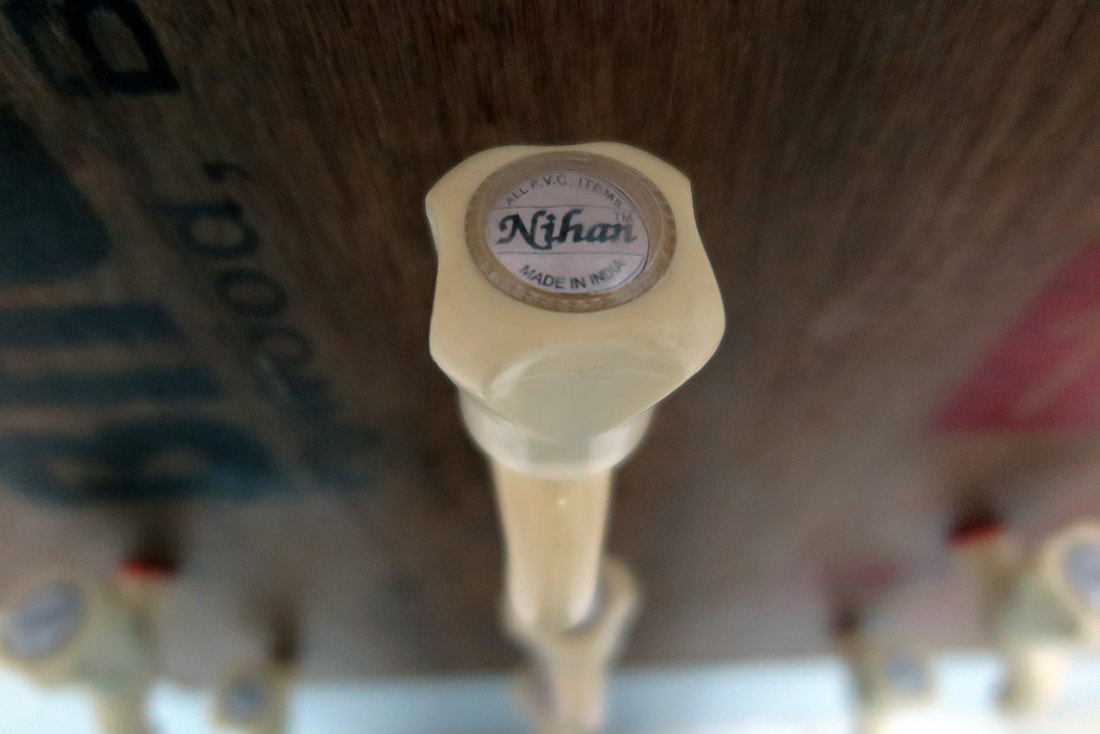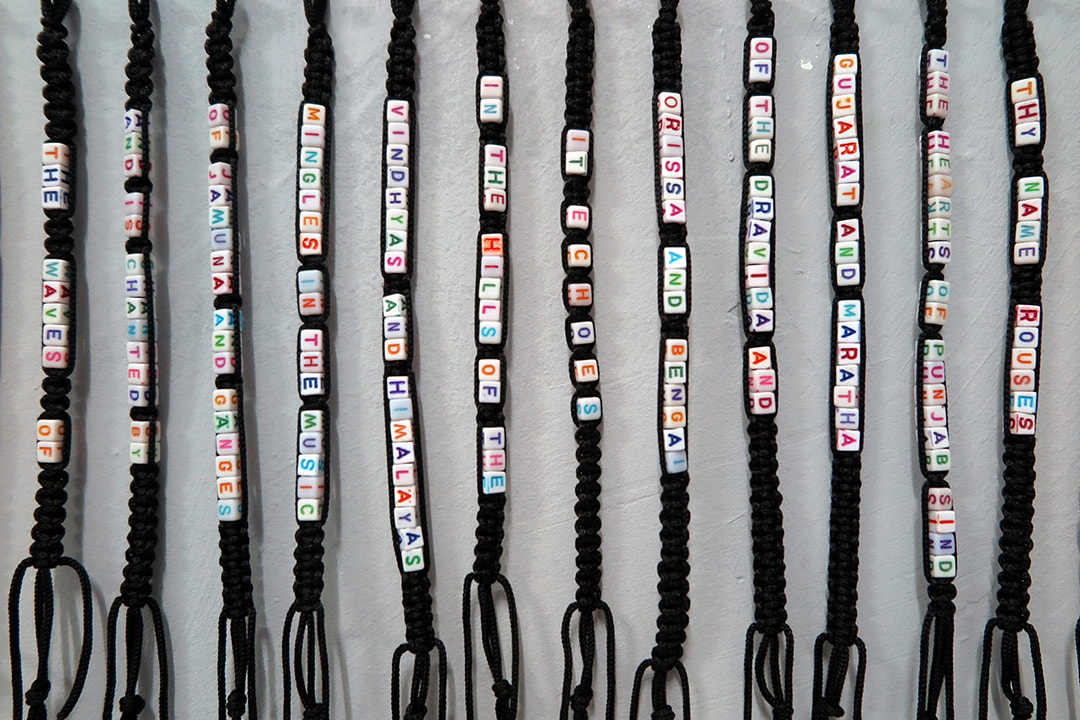Kha-Kha sharing project
Kha-Kha 分享計畫
2019-2022
Kha-Kha sharing project originates from the artist’s experience of conducting an art residency in Noida, India. A satellite city nearly Delhi, the development of Noida did not begin officially until the 1970s, and the planned city was subsequently designated a special zone under the Industrial Development Law. Today, Noida has become an important technological city as well as a production center of smartphones in India. Major smartphone companies, including Apple, Oppo, Samsung, etc., have all established offices in Noida. From 2018 to 2019 alone, a staggering number of 290 million smartphones were produced for India and the globe in Noida. In “Make in India,” a new state initiative launched by the Government of Indian, it is envisioned that Noida’s annual production of smartphones is to increase to one billion by the year of 2025.
Meanwhile, the region cannot escape the influence of the caste system and uneven distribution of resources. Until today, nearly eighty villages are still forced to migrate due to the annual flooding of Yamuna River. Lacking tap water and electricity, even though the villagers provide the labor force for the international smartphone companies, smartphone is still an unaffordable luxury for most of them given their petty wages.
In 2017 and 2019, the artist visited local private schools, and during the visit of 2019, led a hand-crank generator workshop to teach local children to generate electricity with hand-crank generators. In an exhibition featuring the project in 2022, the artist designs an installation incorporated with a hand-crank generator, which calculates the accumulated electricity. Connected to a special application on the tablet of the installation, whenever the accumulated electricity reaches the average 10-minute consumption of electricity of local households in the region during the pandemic, an animation of blooming flowers commonly found in the region will be shown on the tablet screen. At the same time, the animation is also be uploaded to an NFT platform, where the audience can purchase and collect this work with the cost of local laborer’s monthly wage in the region.
(This is a rough translation of the original in Chinese)
Meanwhile, the region cannot escape the influence of the caste system and uneven distribution of resources. Until today, nearly eighty villages are still forced to migrate due to the annual flooding of Yamuna River. Lacking tap water and electricity, even though the villagers provide the labor force for the international smartphone companies, smartphone is still an unaffordable luxury for most of them given their petty wages.
In 2017 and 2019, the artist visited local private schools, and during the visit of 2019, led a hand-crank generator workshop to teach local children to generate electricity with hand-crank generators. In an exhibition featuring the project in 2022, the artist designs an installation incorporated with a hand-crank generator, which calculates the accumulated electricity. Connected to a special application on the tablet of the installation, whenever the accumulated electricity reaches the average 10-minute consumption of electricity of local households in the region during the pandemic, an animation of blooming flowers commonly found in the region will be shown on the tablet screen. At the same time, the animation is also be uploaded to an NFT platform, where the audience can purchase and collect this work with the cost of local laborer’s monthly wage in the region.
(This is a rough translation of the original in Chinese)
《Kha-Kha 分享計畫》的構想來自於印度諾伊達(Noida)的駐地經驗。諾伊達是鄰近德里的衛星市鎮,直到1970年代才被正式開發並且依據工業發展法規劃為特區。如今諾伊達是印度重要的科技城市與智慧型手機生產中心,包含Apple、Oppo、三星等廠商都在此地設有辦公室,2018至2019年間,諾伊達為印度及世界提供了2.9億台智慧型手機生產。在印度政府的新政策「印度製造」計畫中,期望2025年可以將該地區智慧型手機的年產量提升到10億台。
但該地區同時也受到種性制度與資源分配不均的影響,直到今日,該區仍有近八十個村落必須隨著亞穆納河每年的洪患遷徙。這些村落缺乏自來水與電力,即便村民可能為跨國的手機公司提供勞動力,對低薪的他們而言,智慧型手機仍是難以負擔的奢侈品。
我在2017與2019年拜訪當地由私人設立的學校,並且在2019年時,帶領一場小型手搖電工作坊。讓來自當地孩子們可以利用工作坊的小型馬達創造電力。在2022年在台灣的計畫展示中,我設計了一台可以累計發電量的手搖發電裝置,裝置連結了平板電腦上的App,每累積達疫情期間該地區家庭10分鐘所需的電量,即在螢幕上顯示一段地區常見花卉綻放的動畫,並且上傳到NFT平台,觀眾可以用該地區勞工的月工資收藏這件作品。.
但該地區同時也受到種性制度與資源分配不均的影響,直到今日,該區仍有近八十個村落必須隨著亞穆納河每年的洪患遷徙。這些村落缺乏自來水與電力,即便村民可能為跨國的手機公司提供勞動力,對低薪的他們而言,智慧型手機仍是難以負擔的奢侈品。
我在2017與2019年拜訪當地由私人設立的學校,並且在2019年時,帶領一場小型手搖電工作坊。讓來自當地孩子們可以利用工作坊的小型馬達創造電力。在2022年在台灣的計畫展示中,我設計了一台可以累計發電量的手搖發電裝置,裝置連結了平板電腦上的App,每累積達疫情期間該地區家庭10分鐘所需的電量,即在螢幕上顯示一段地區常見花卉綻放的動畫,並且上傳到NFT平台,觀眾可以用該地區勞工的月工資收藏這件作品。.
The result from workshop in NIV School, Noida, 2019
